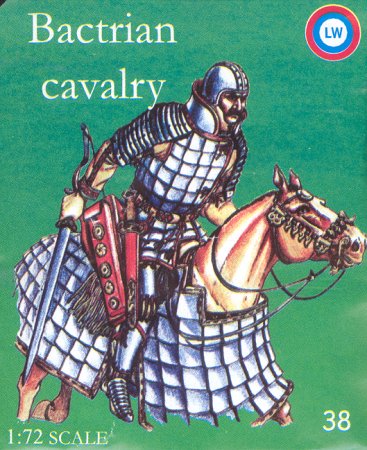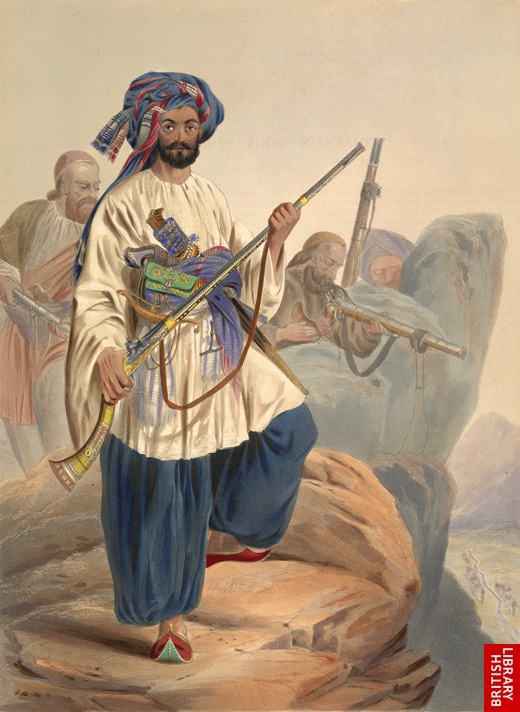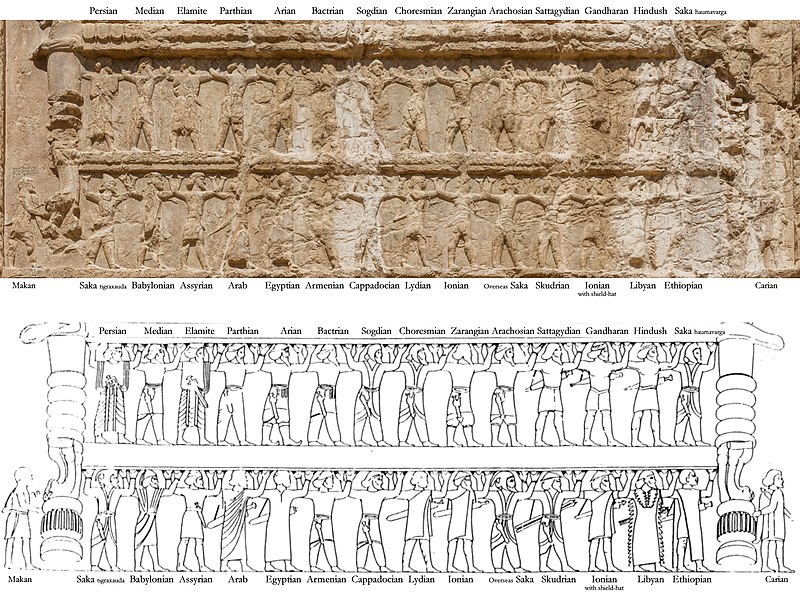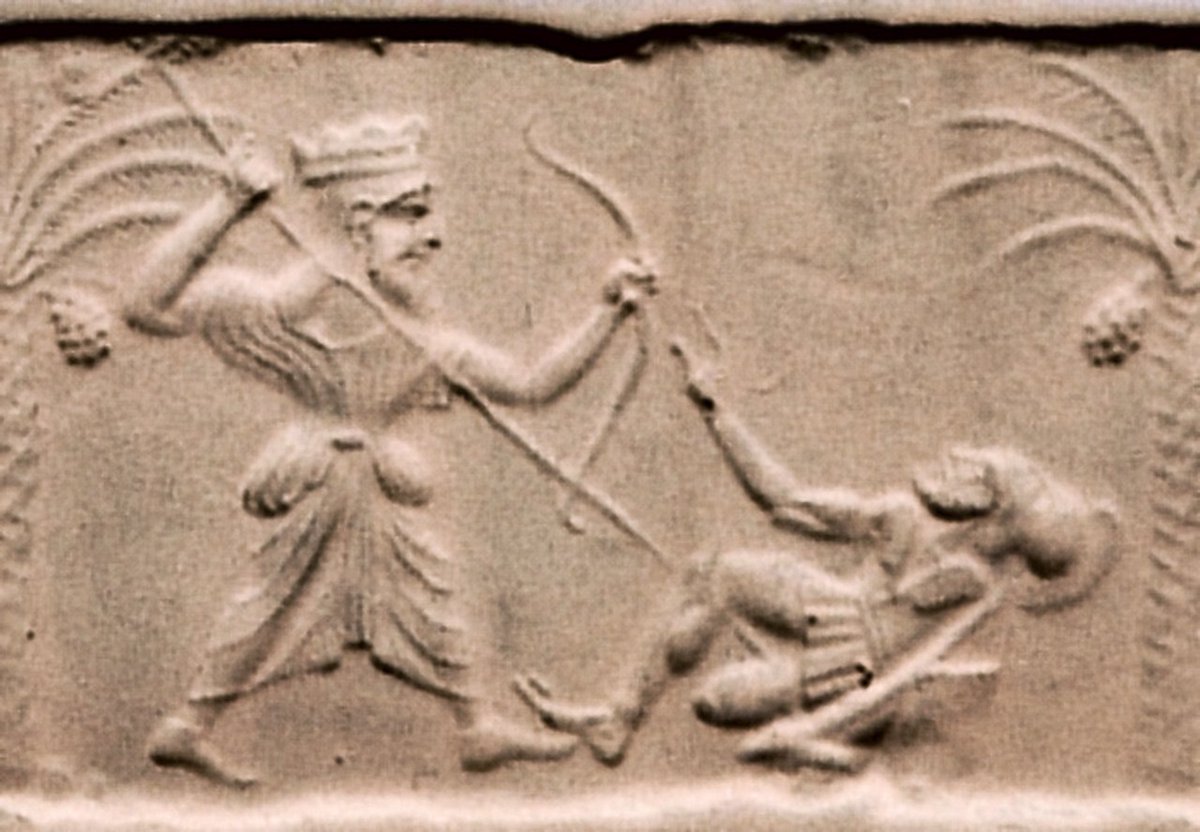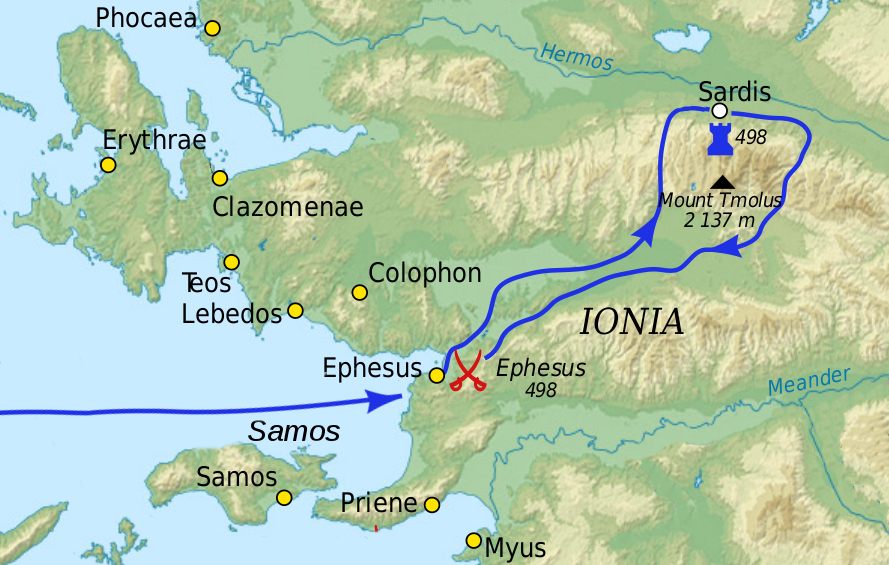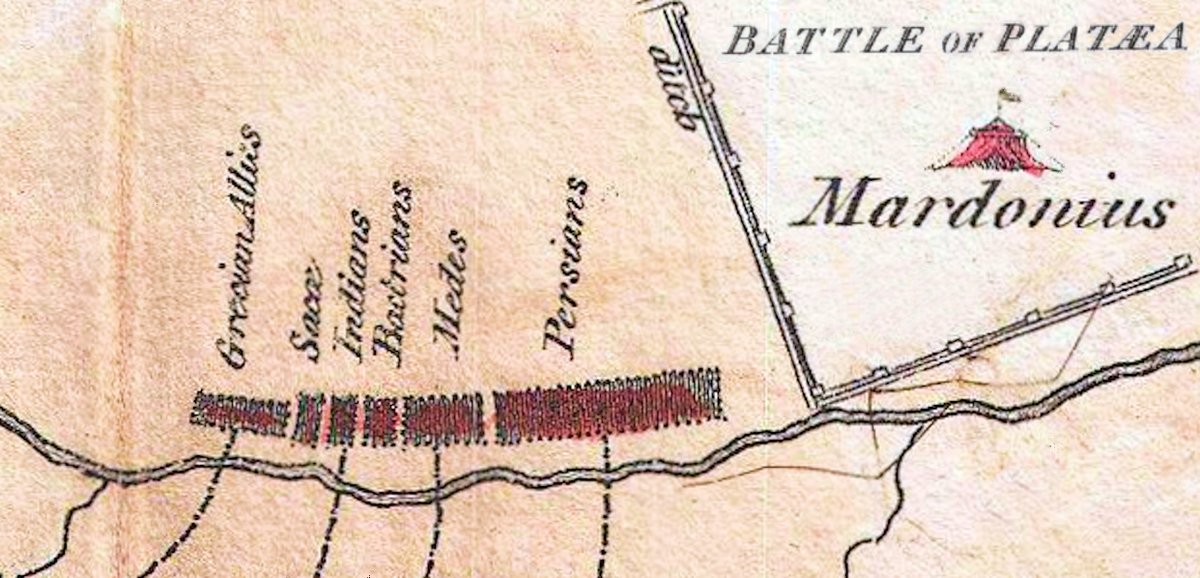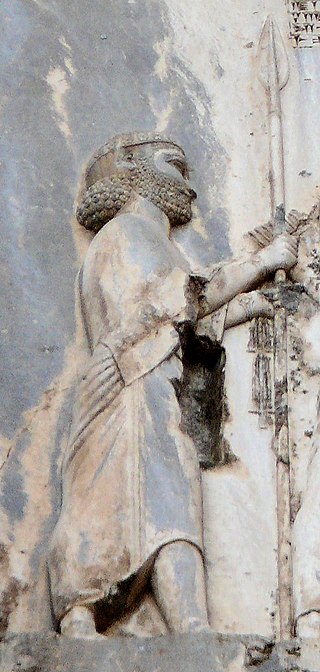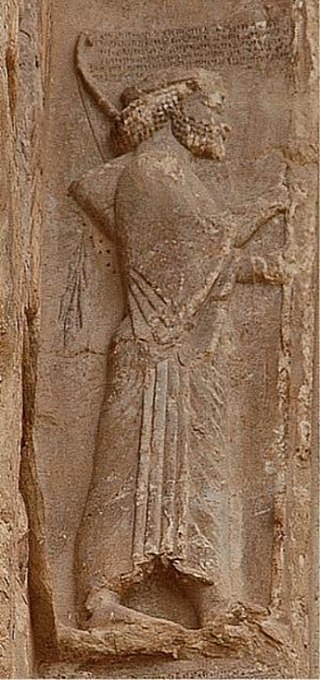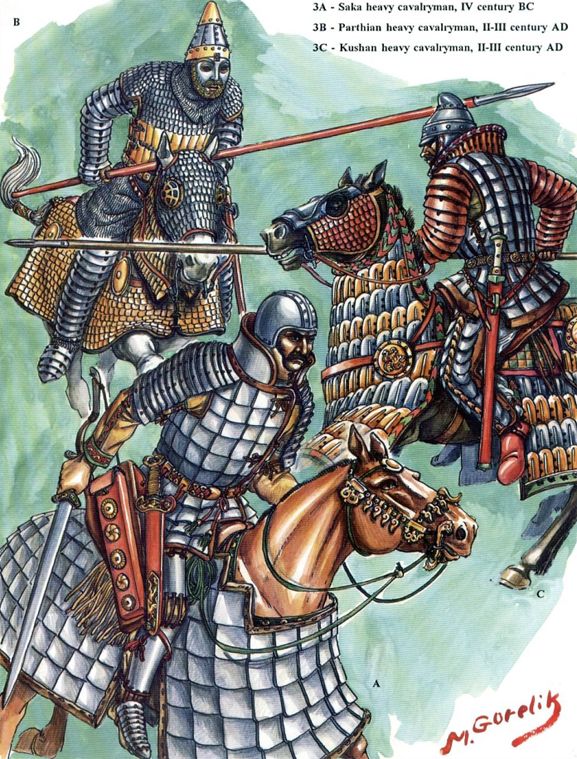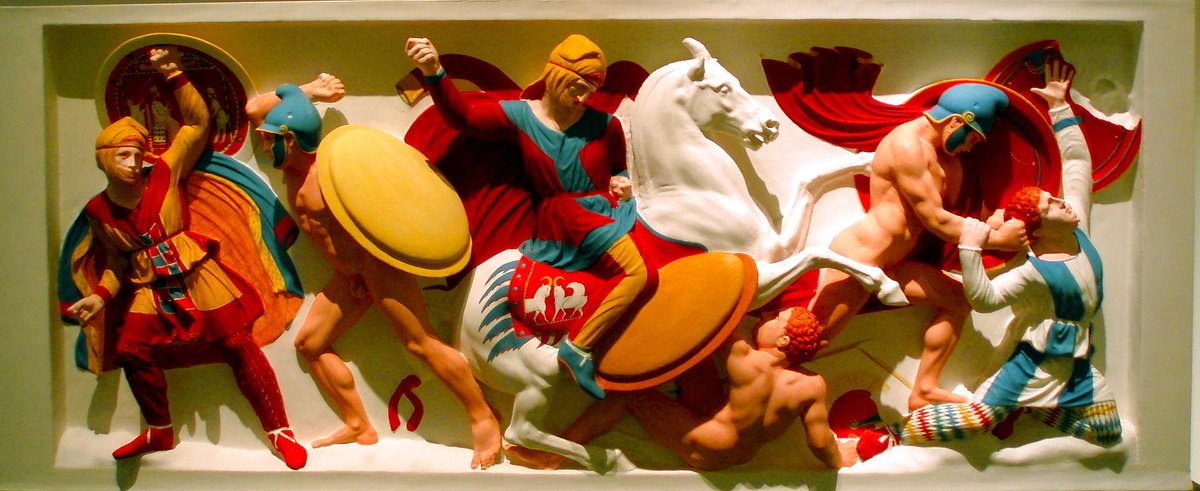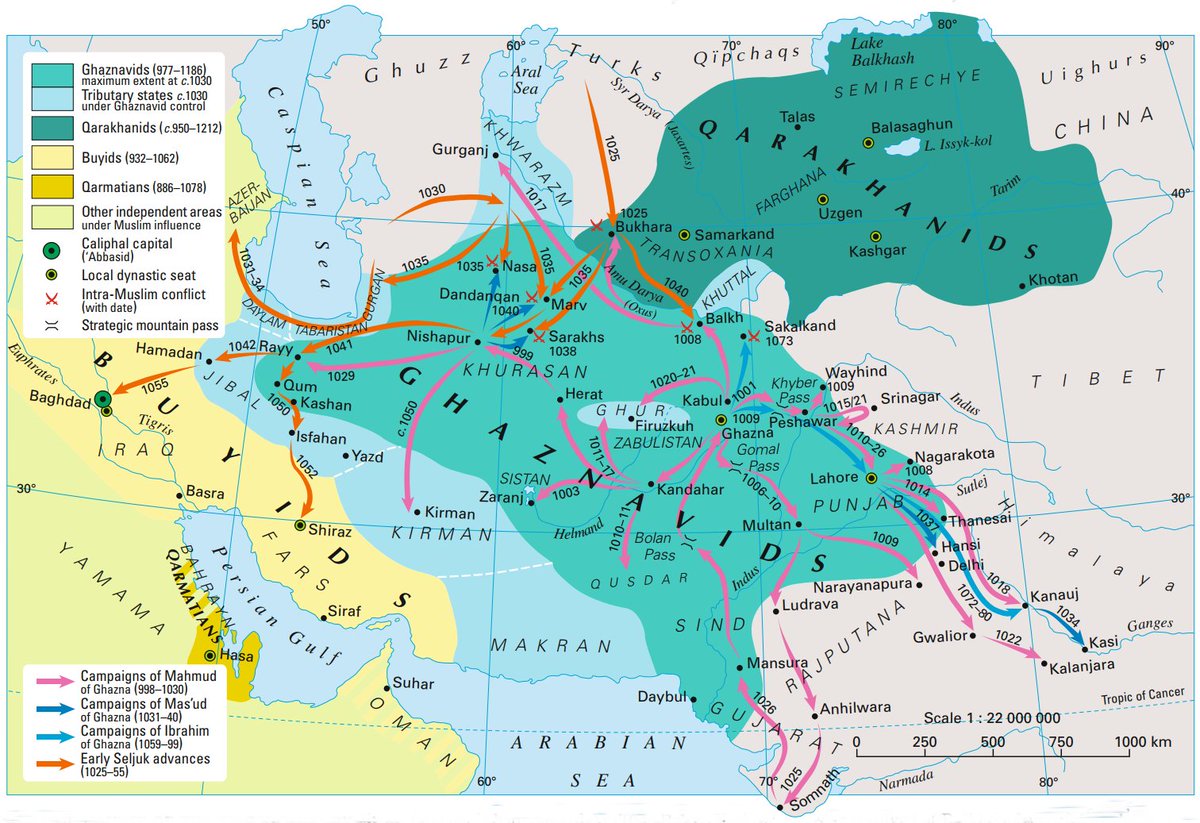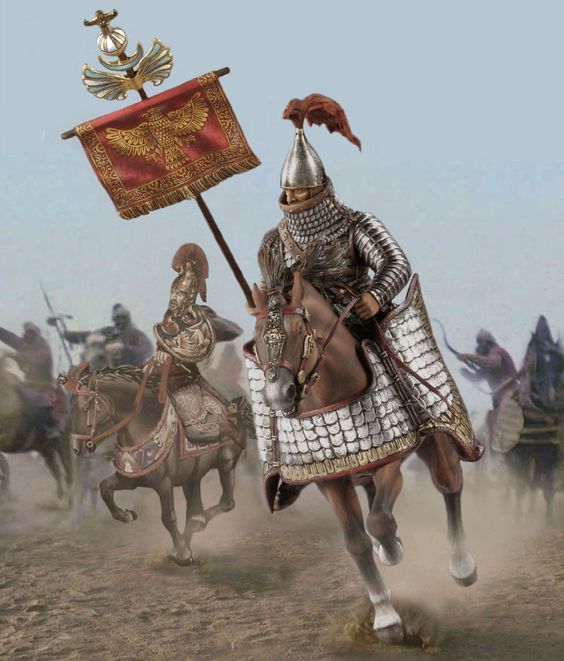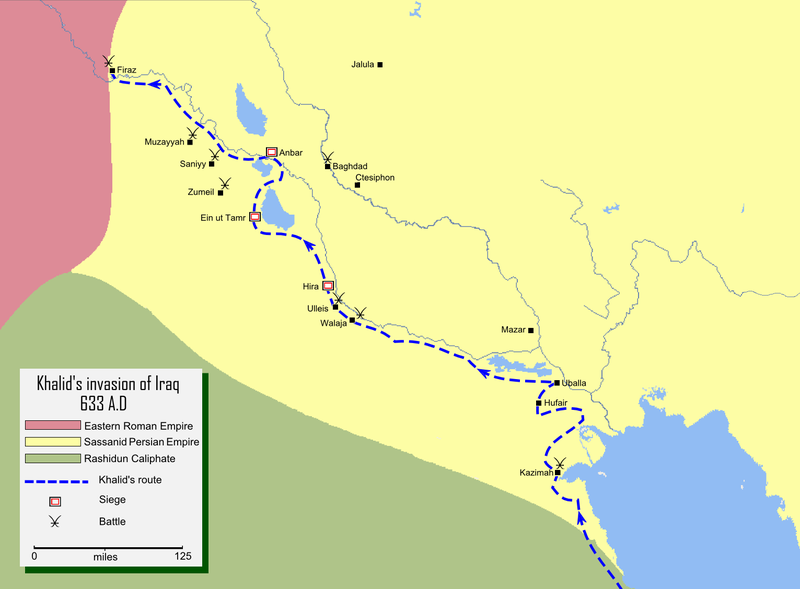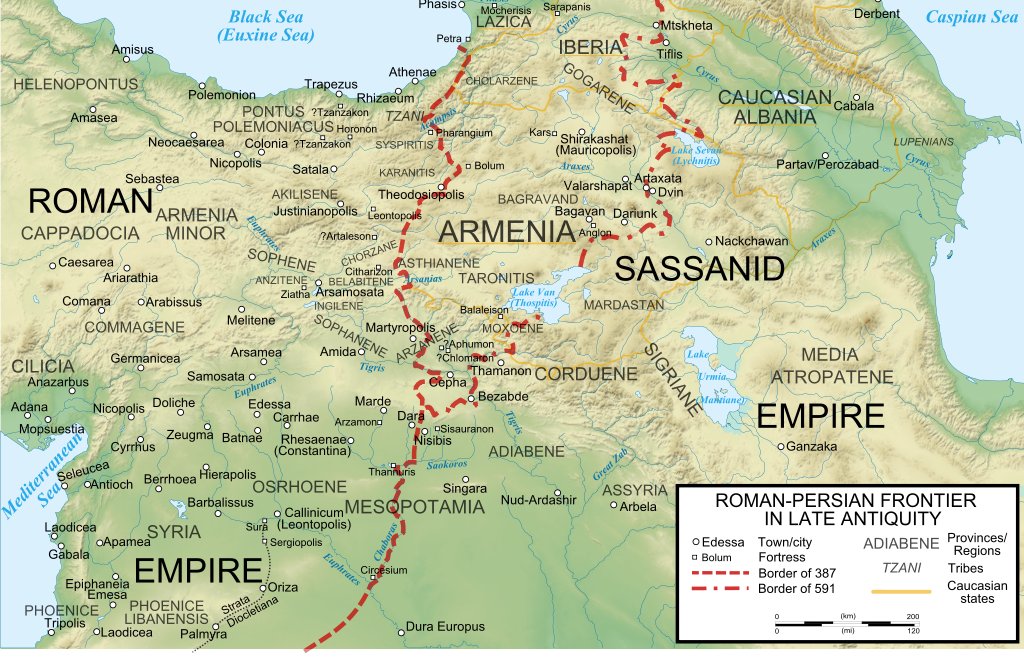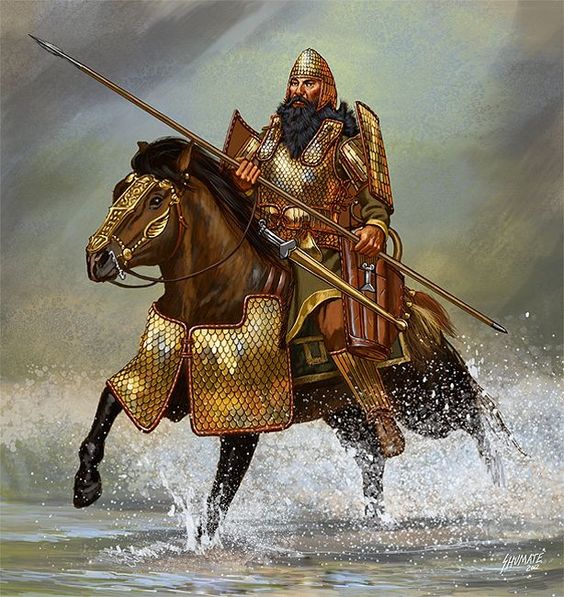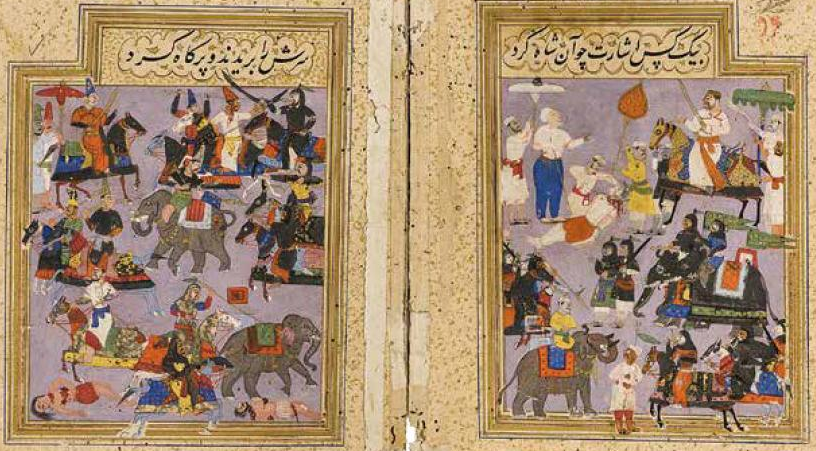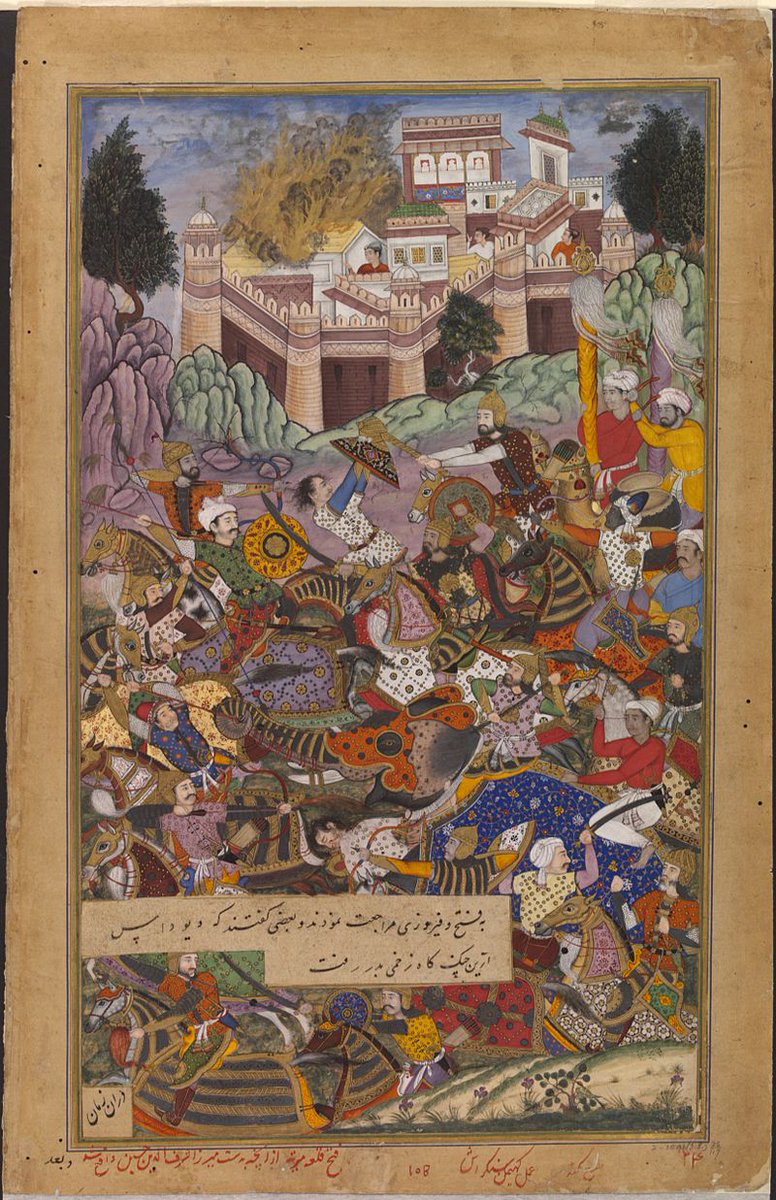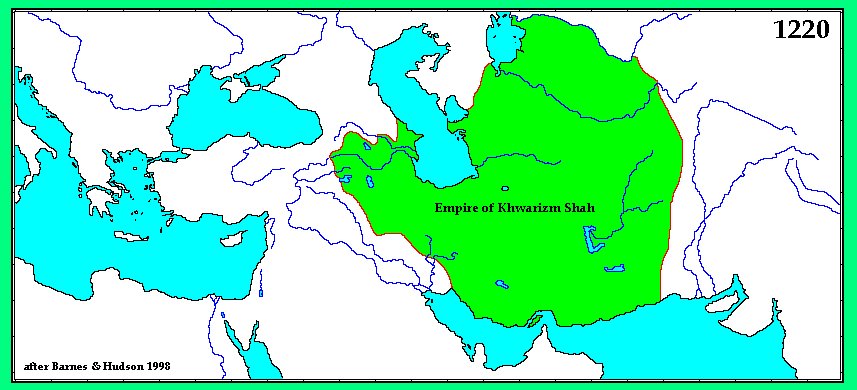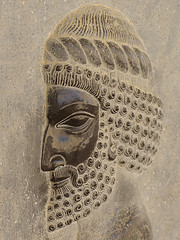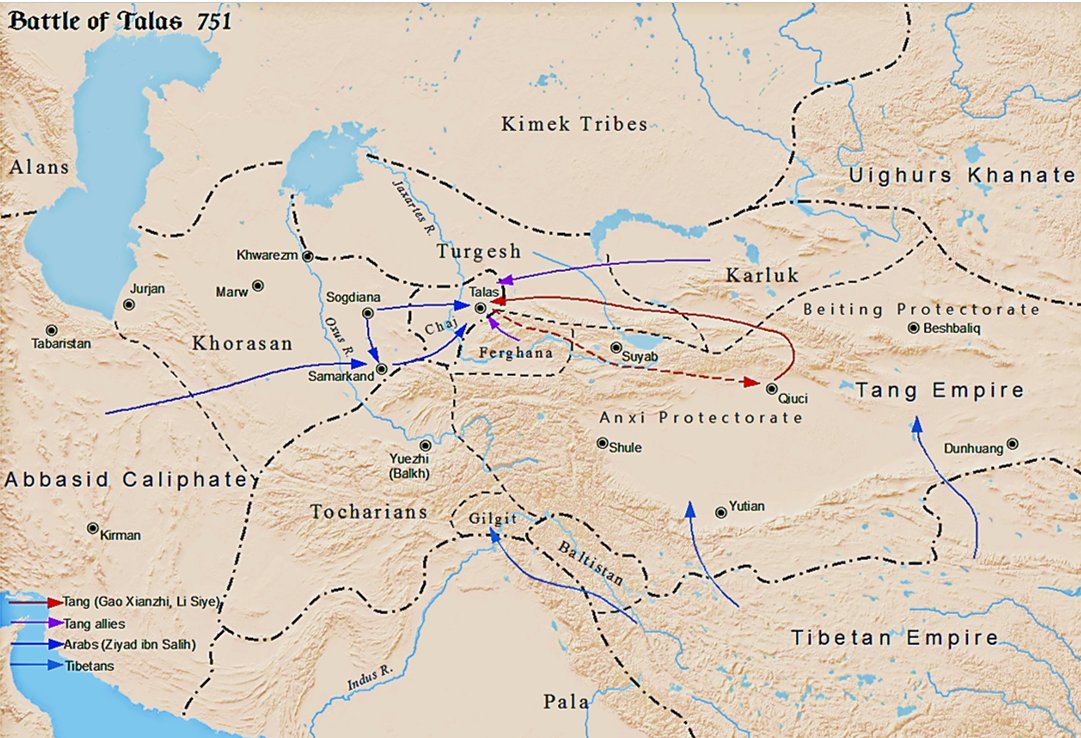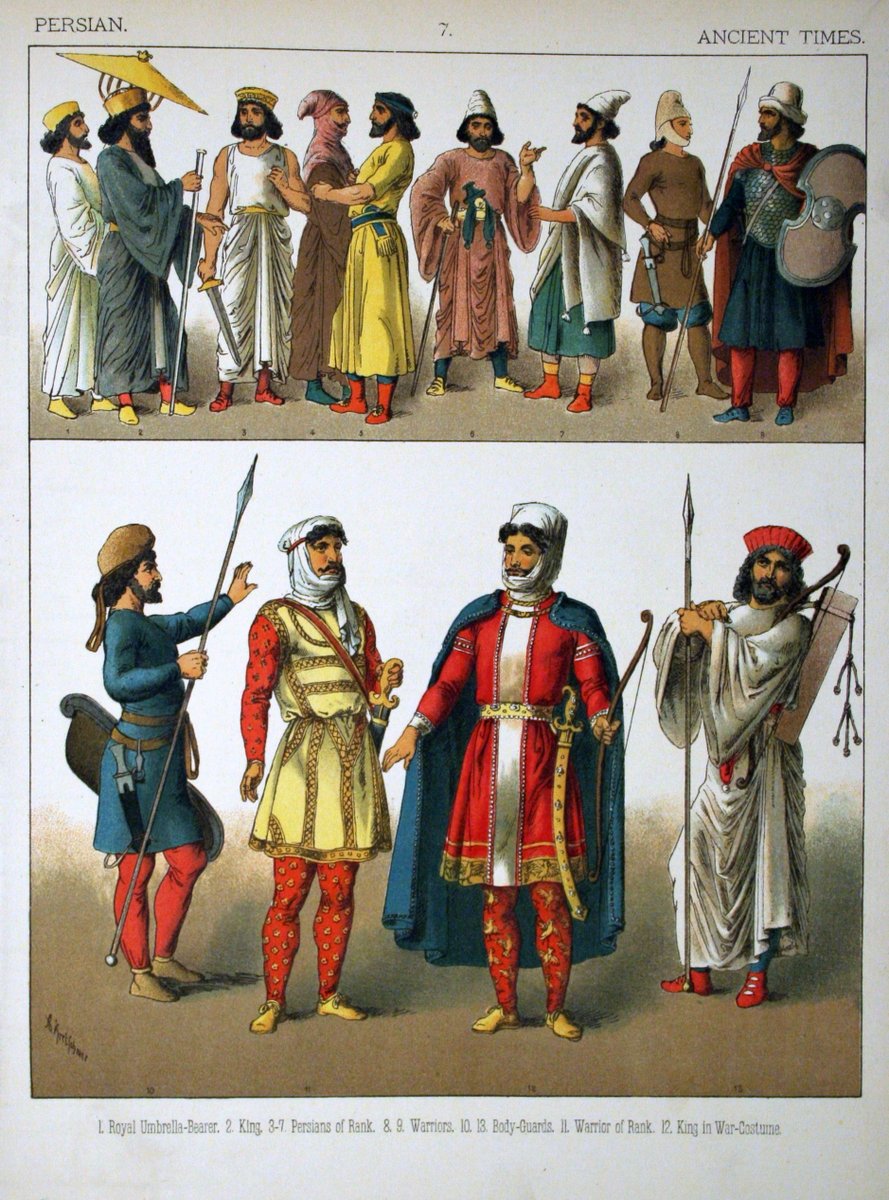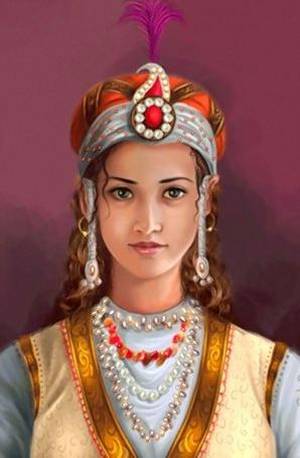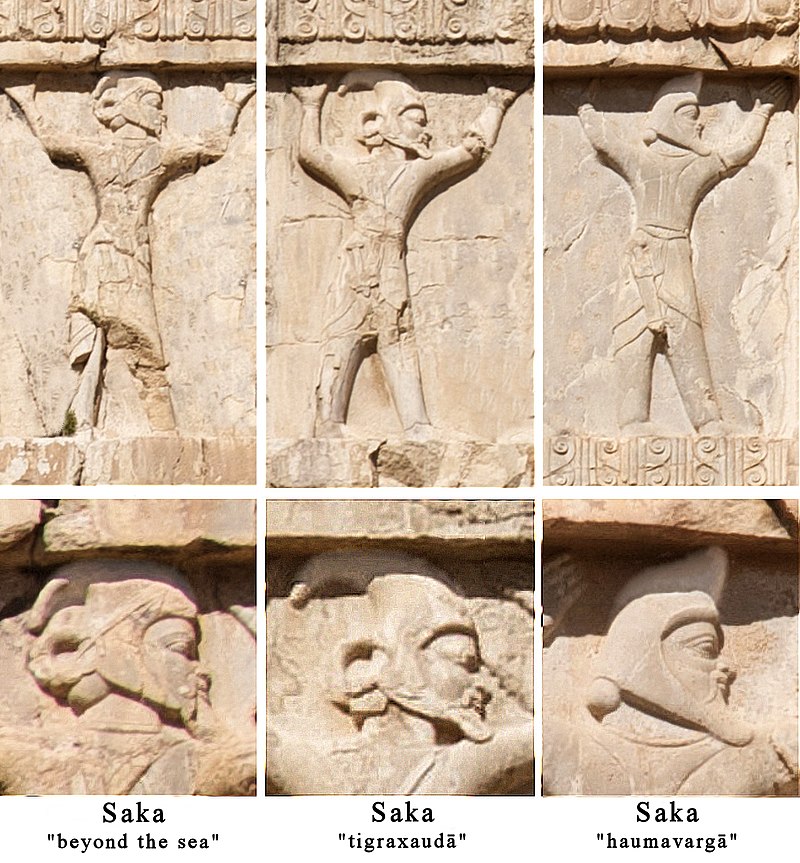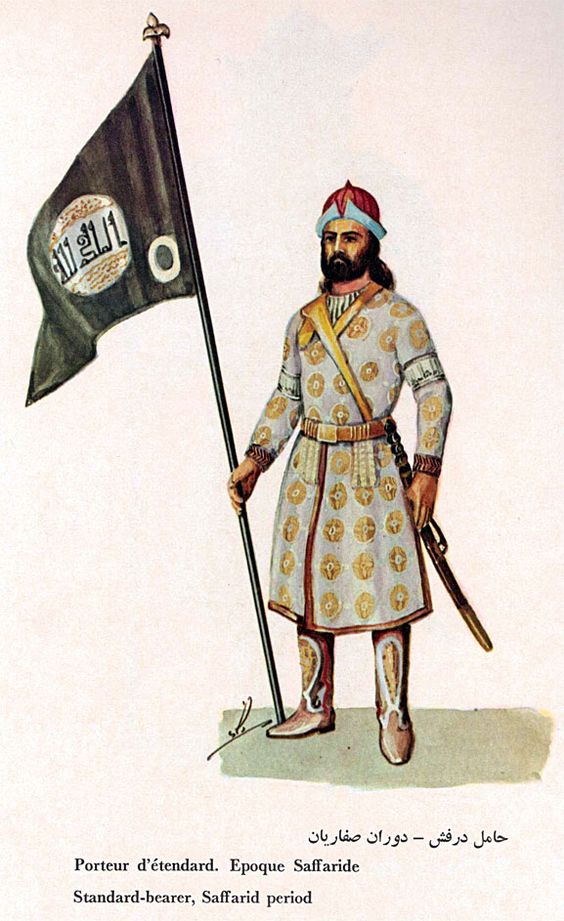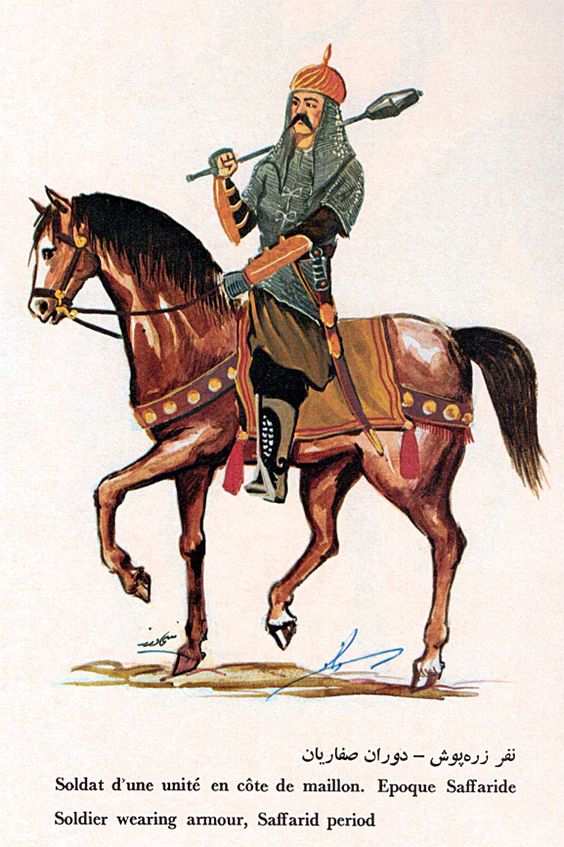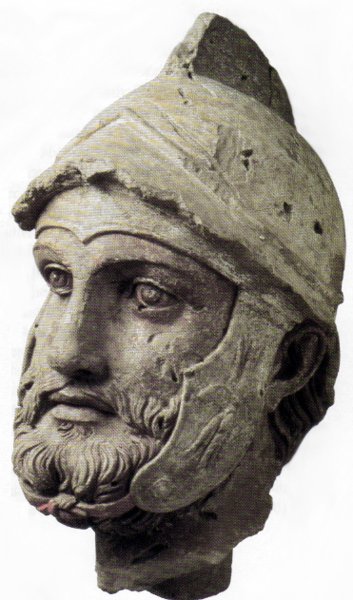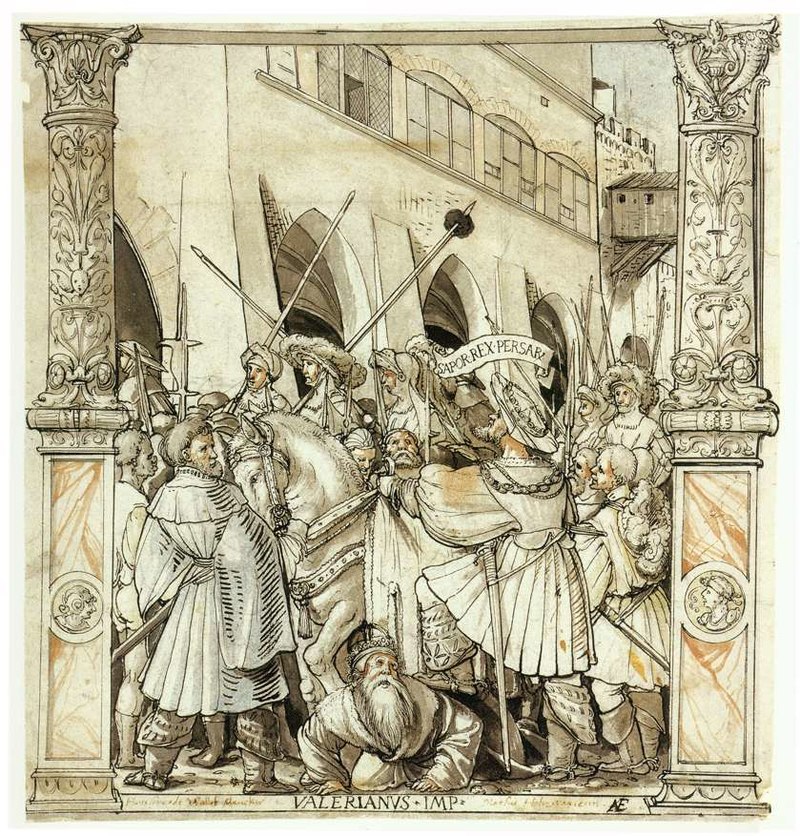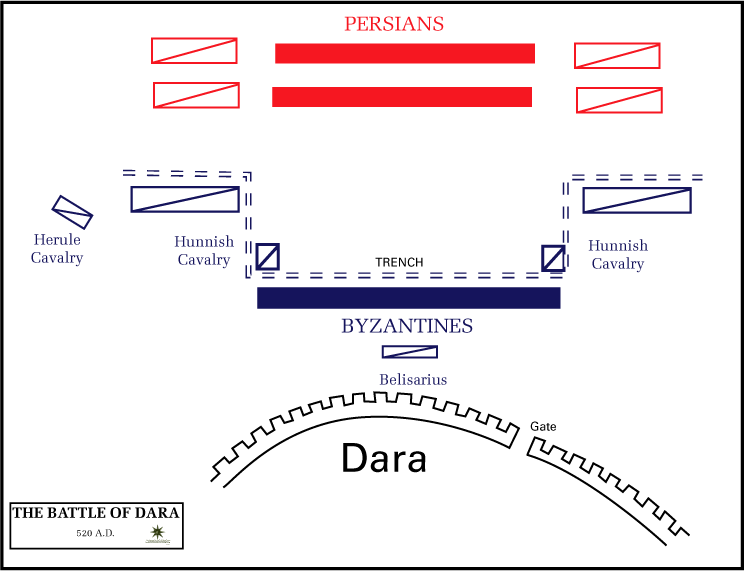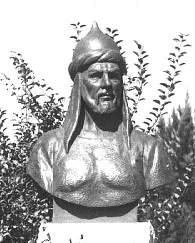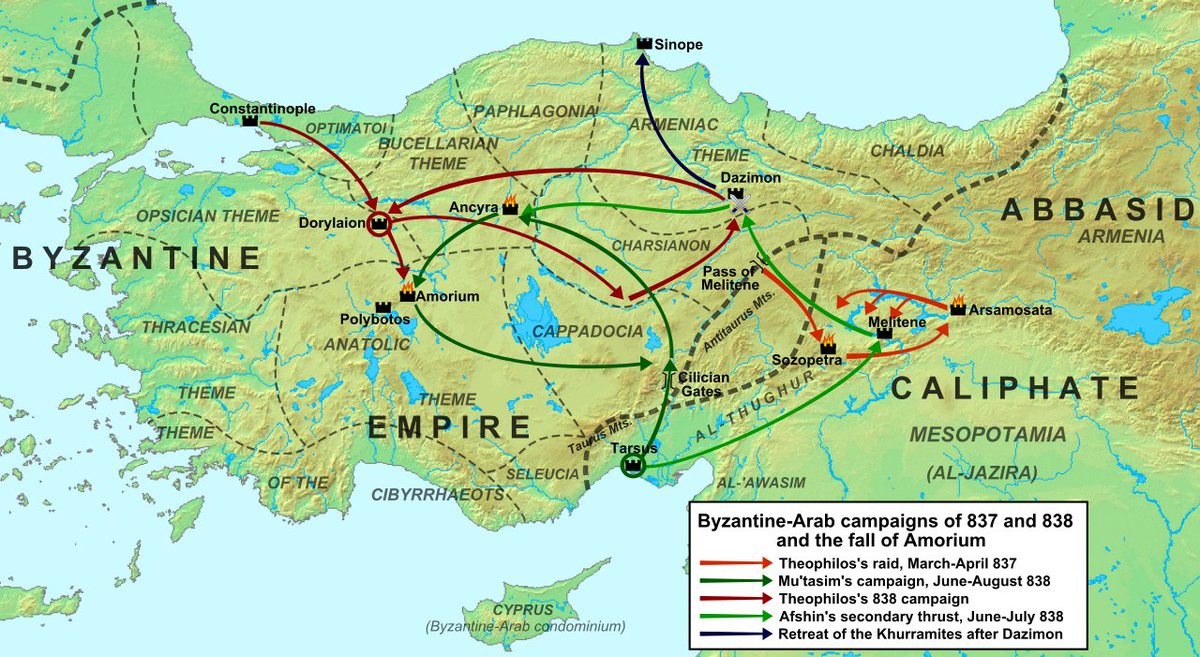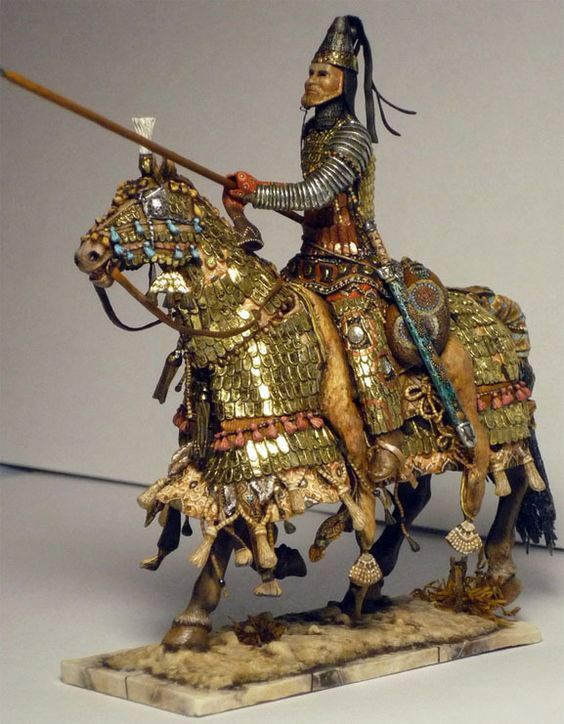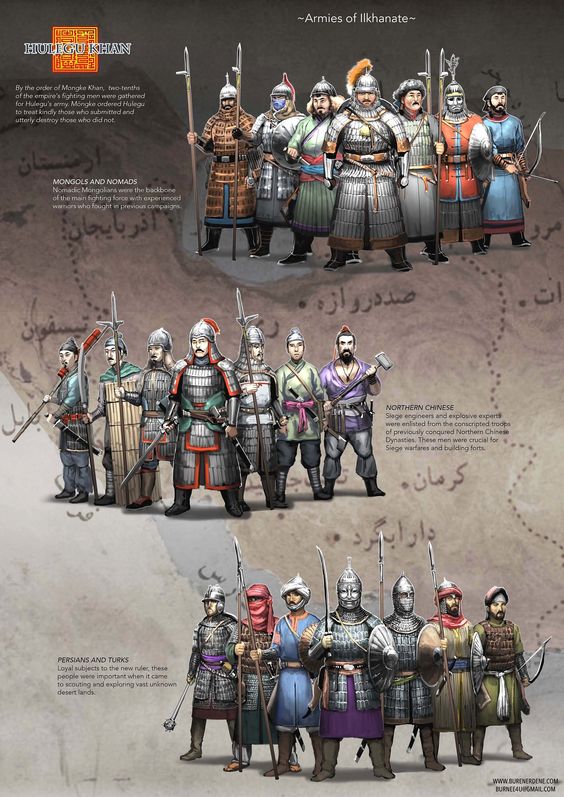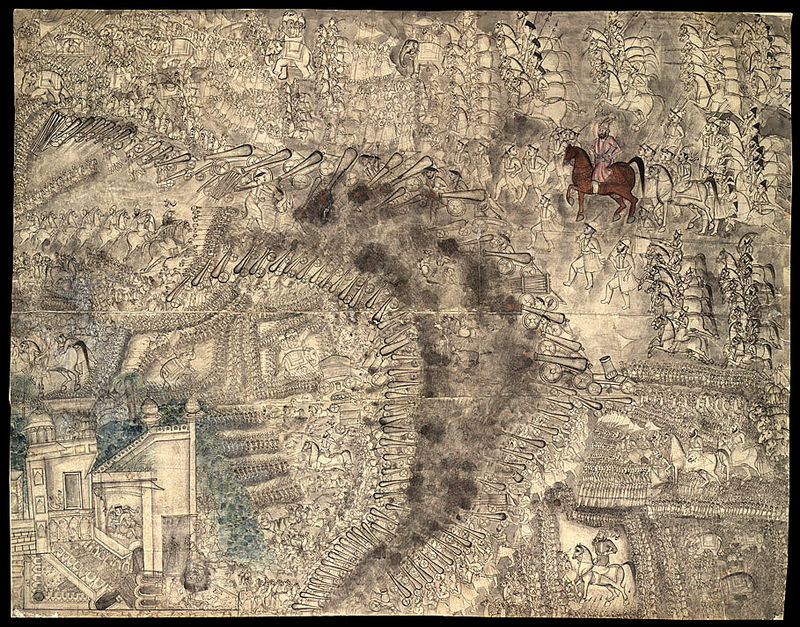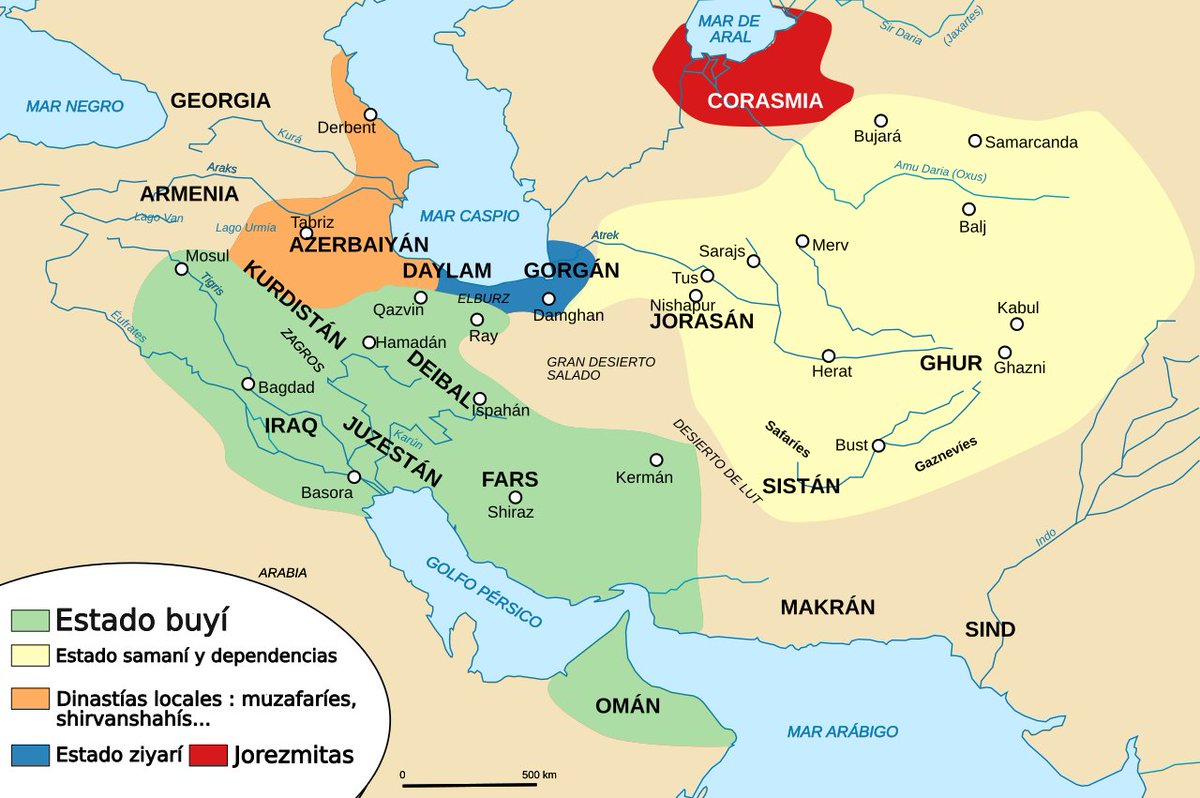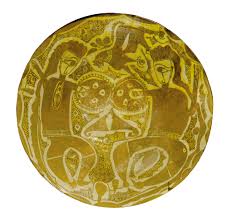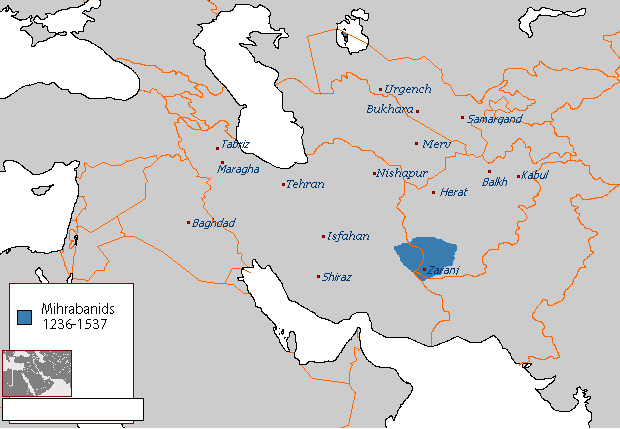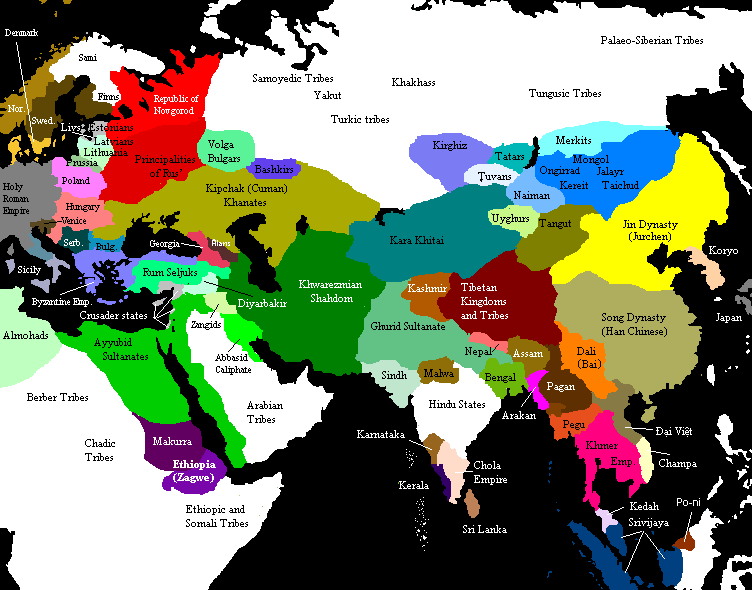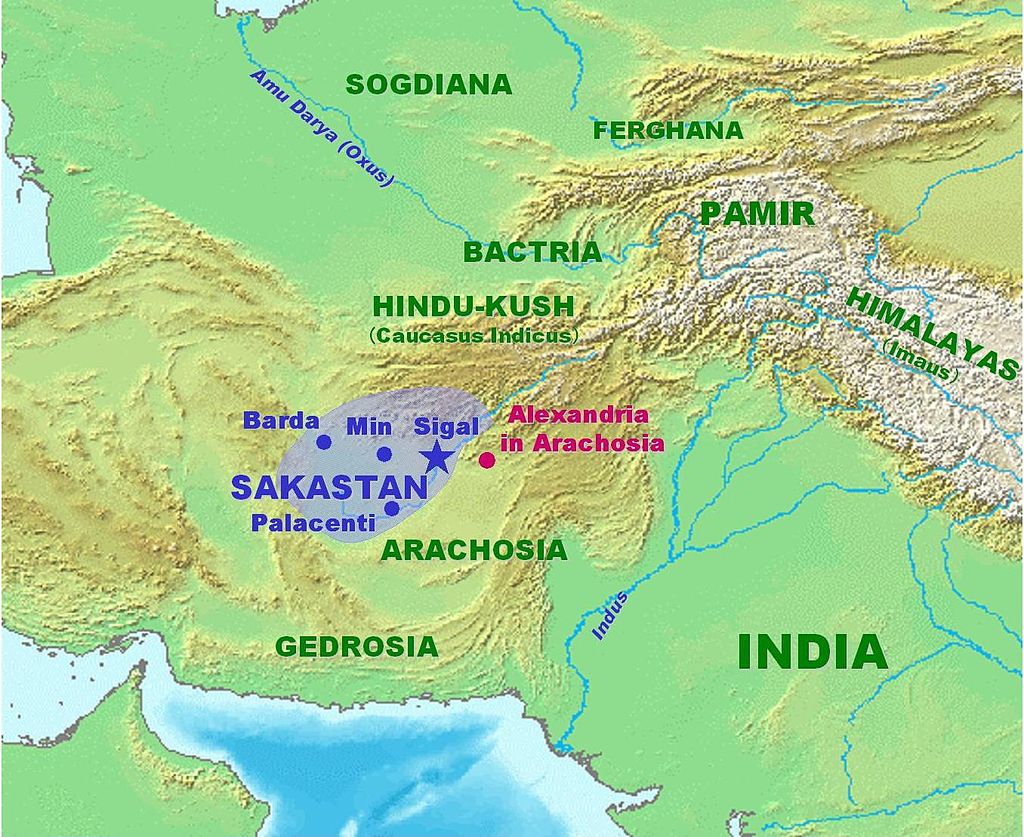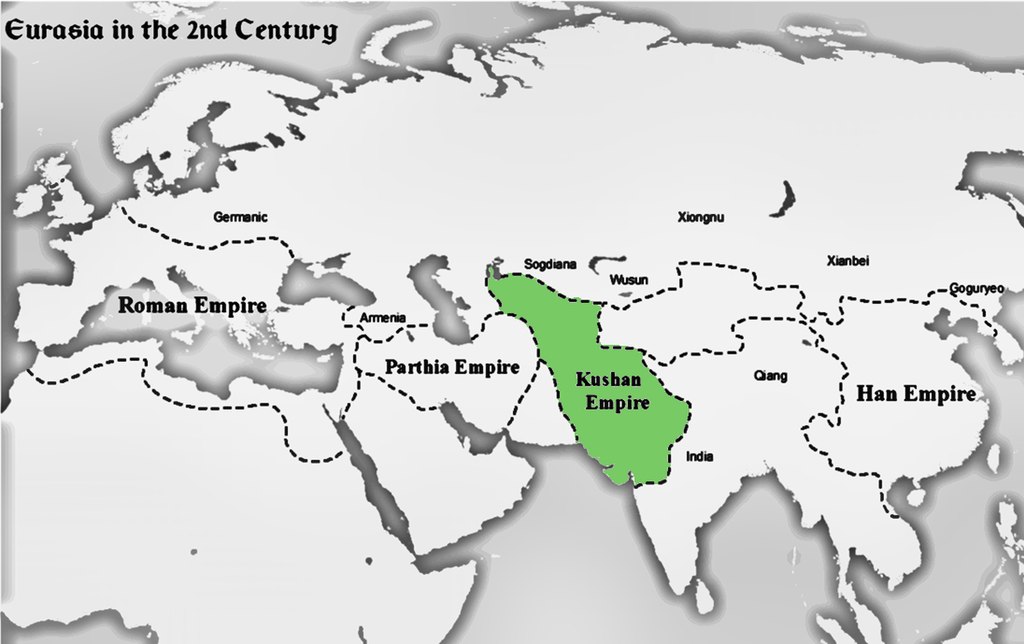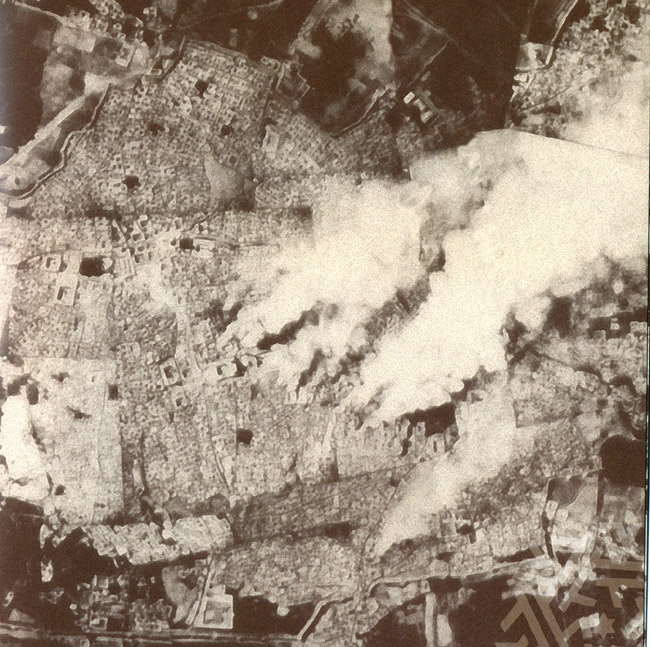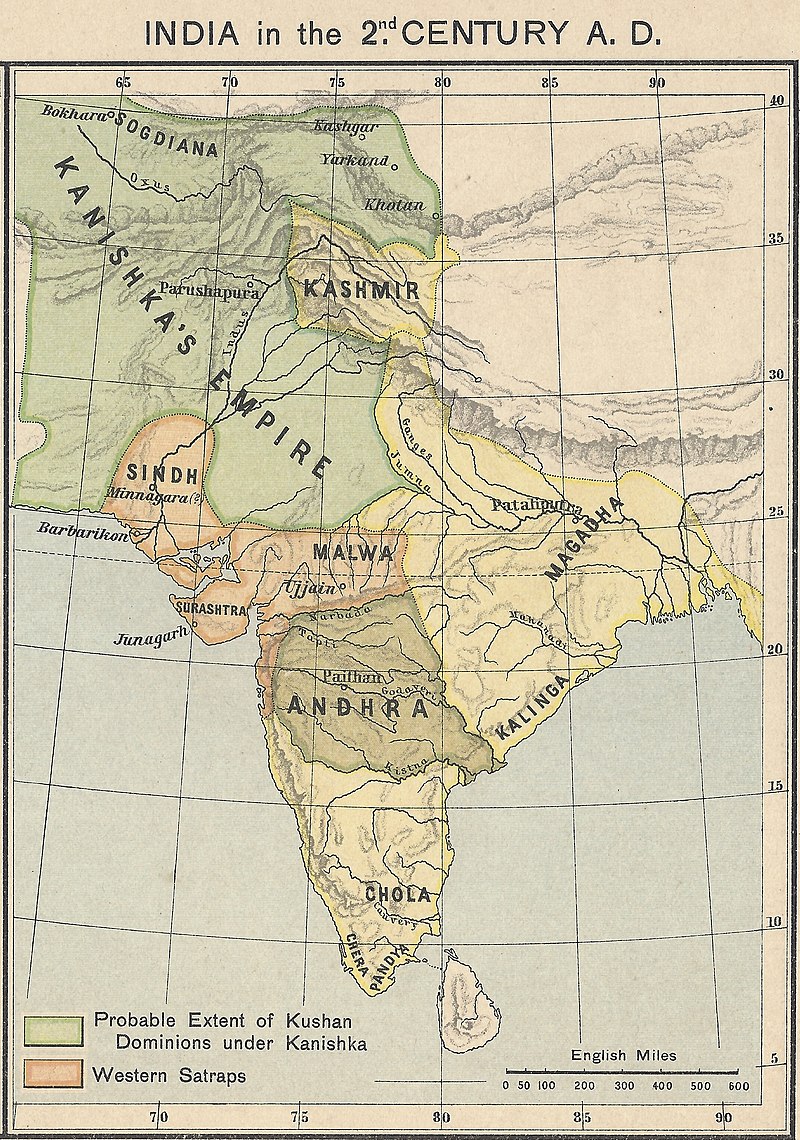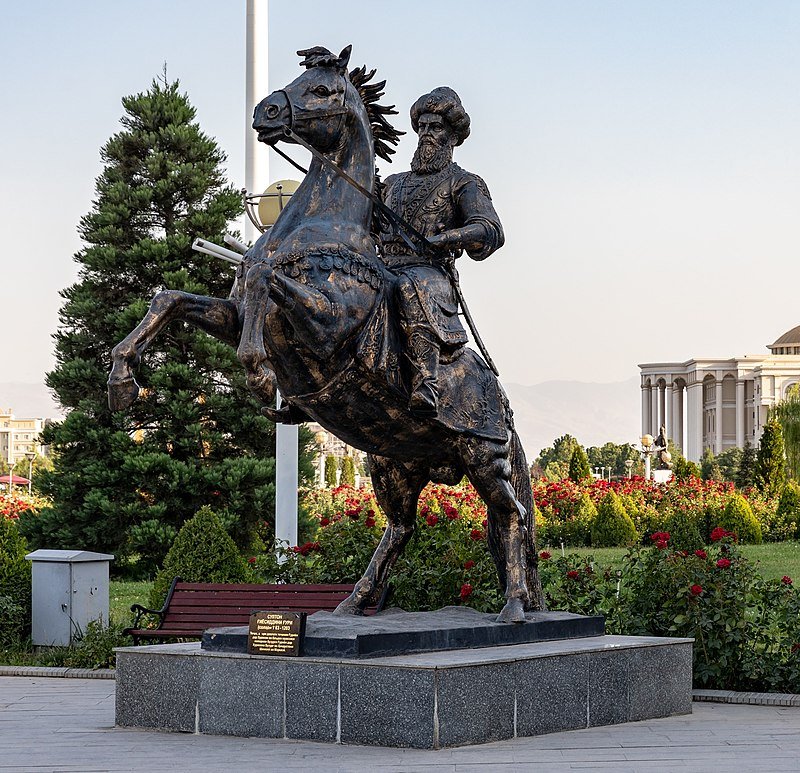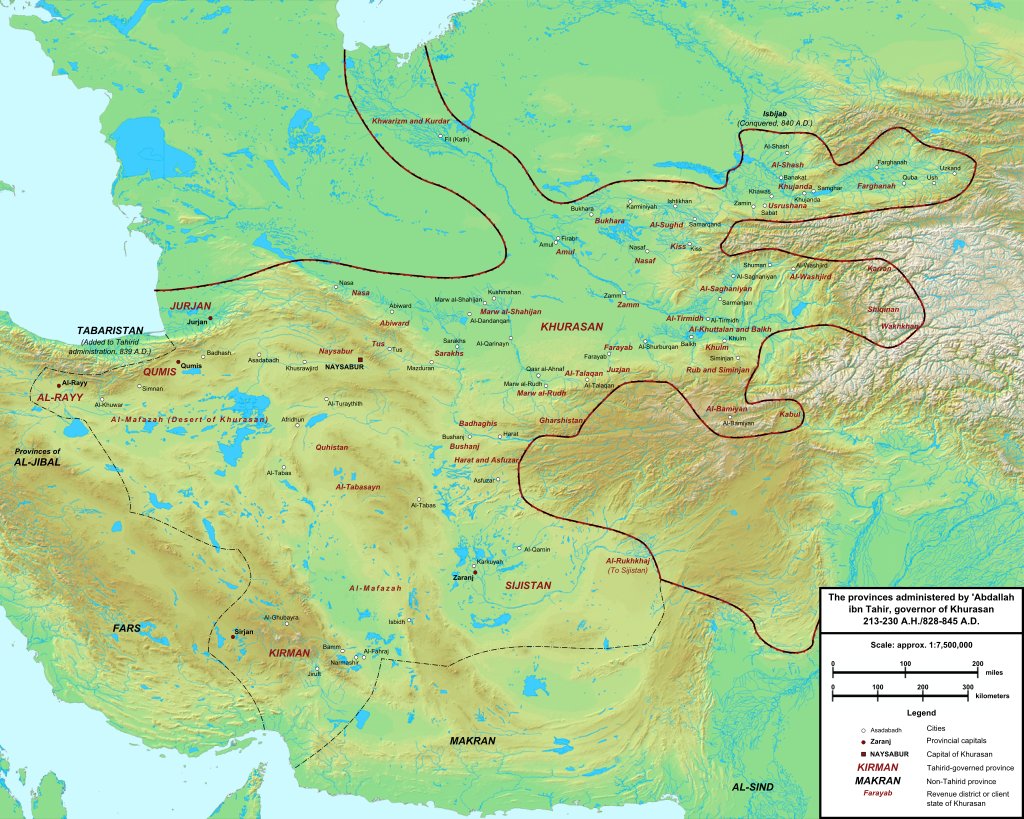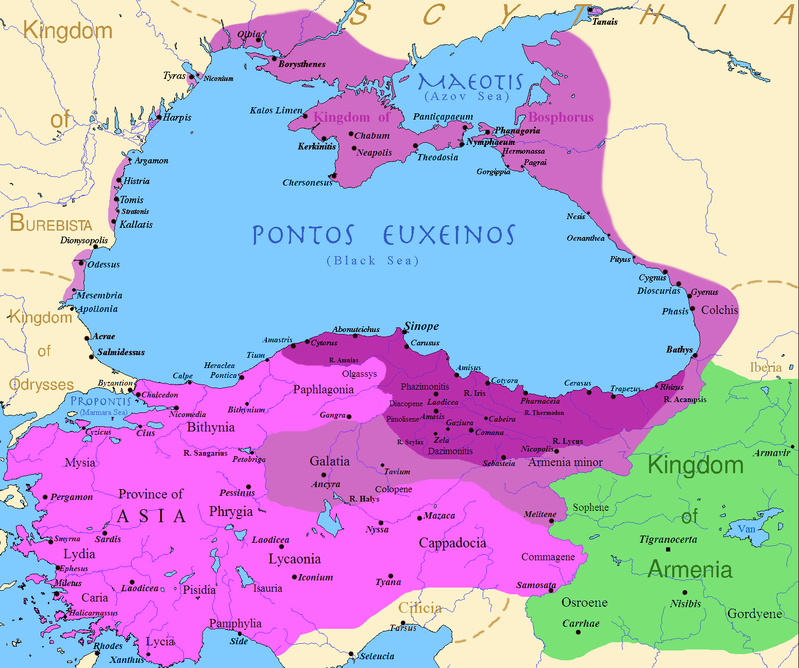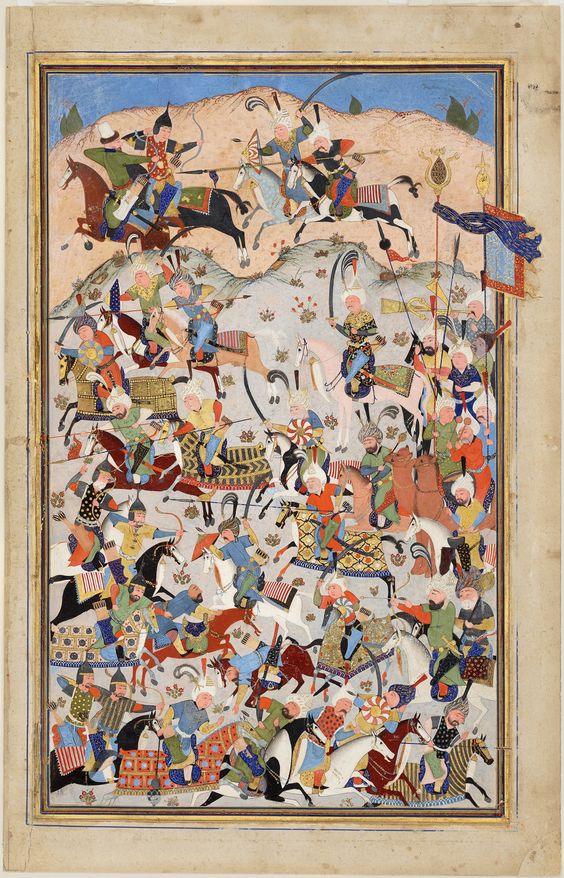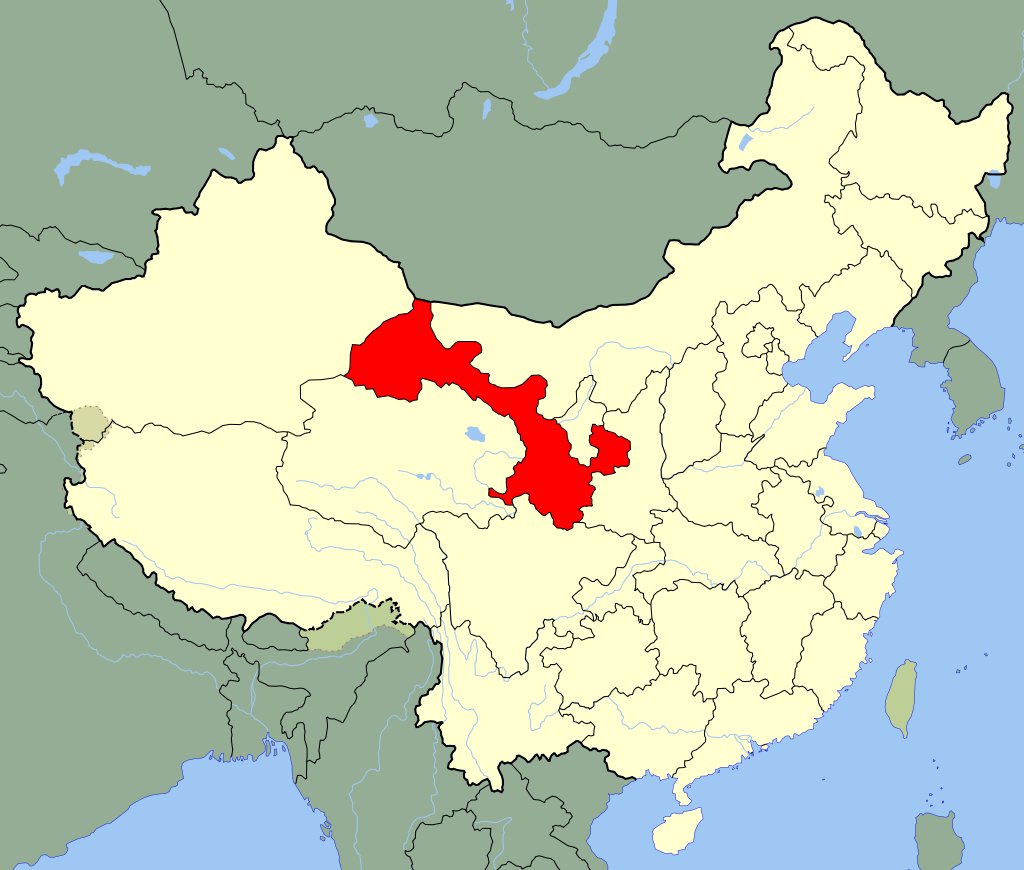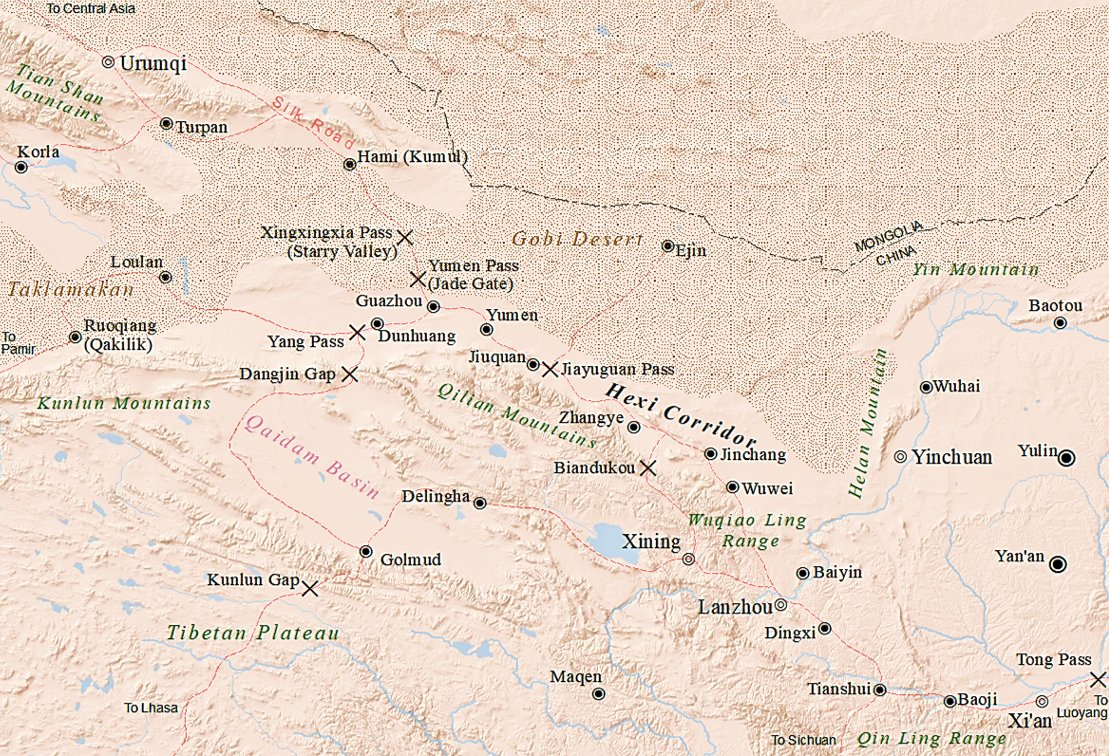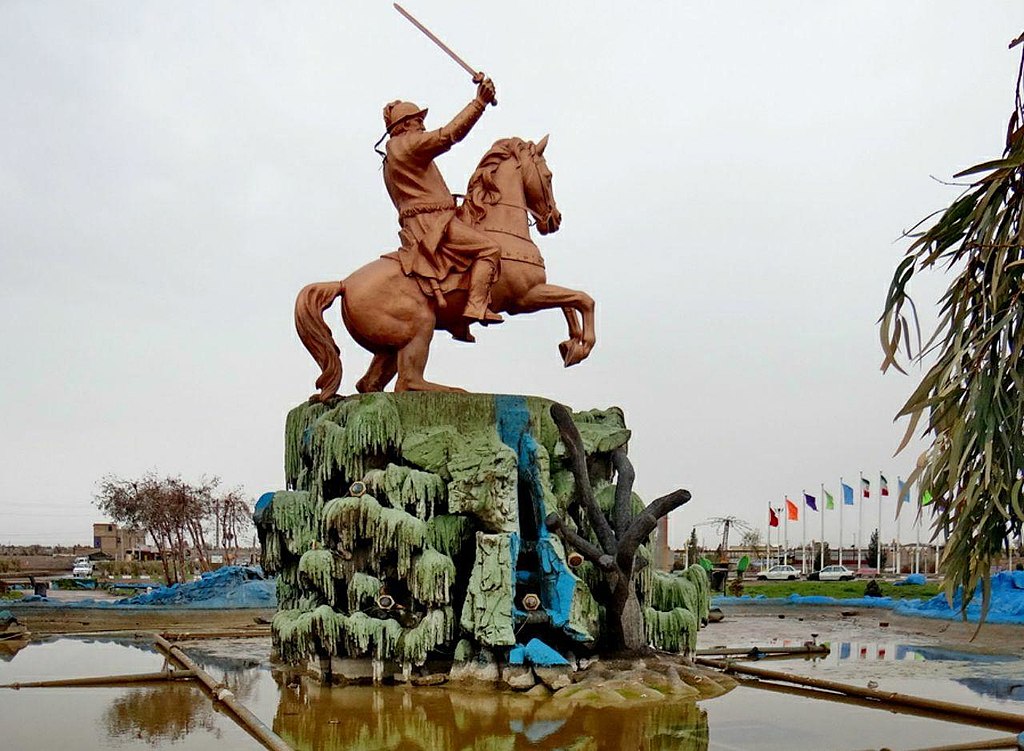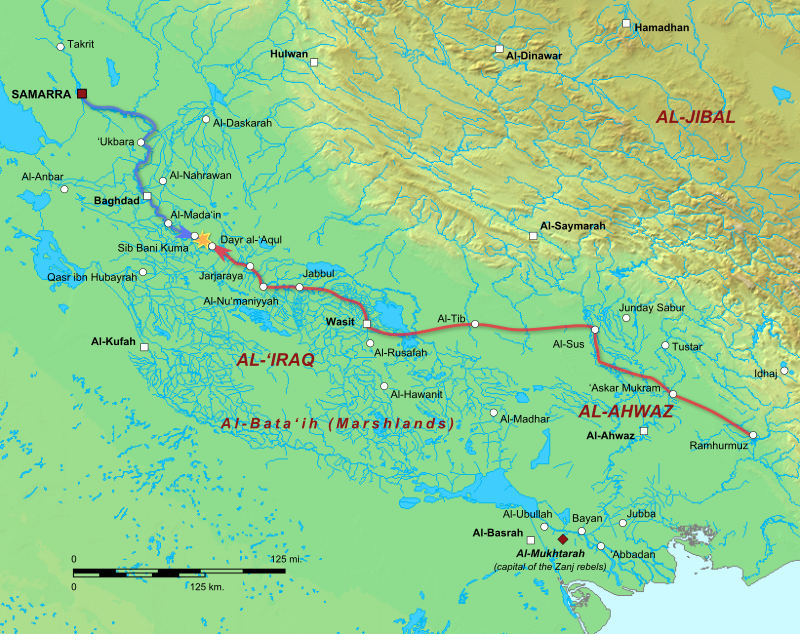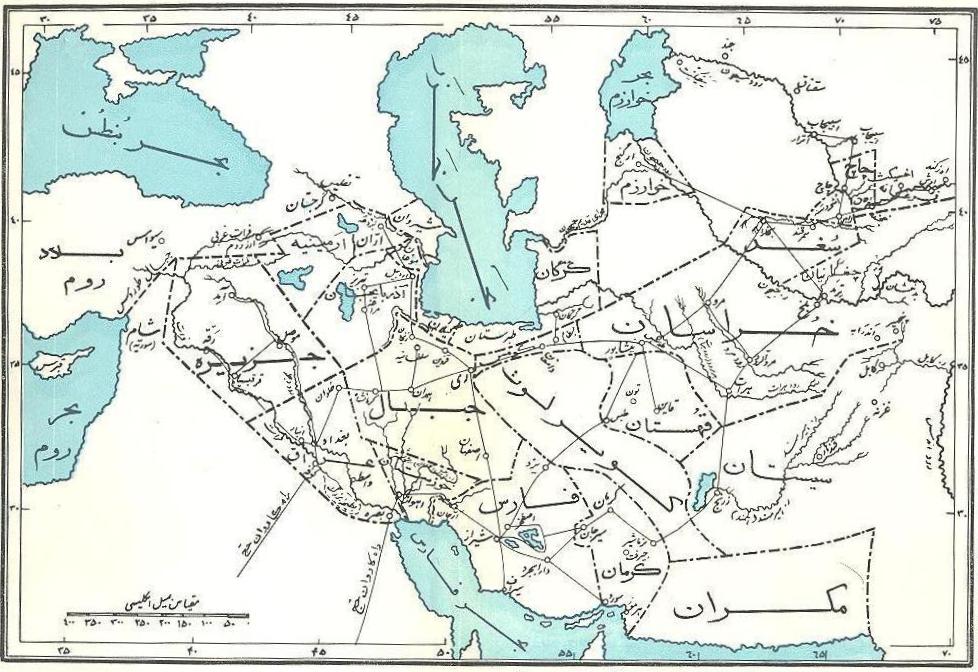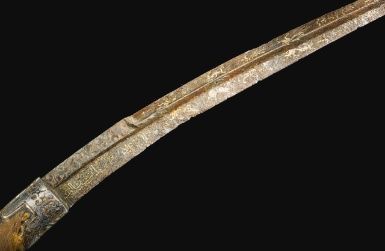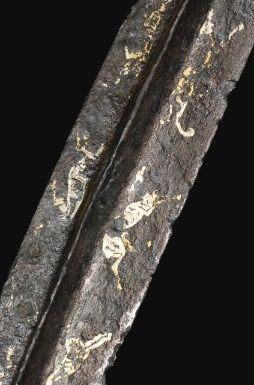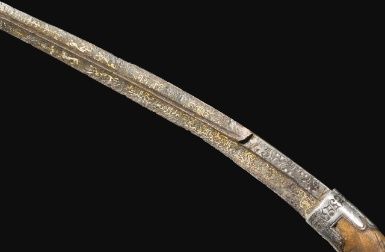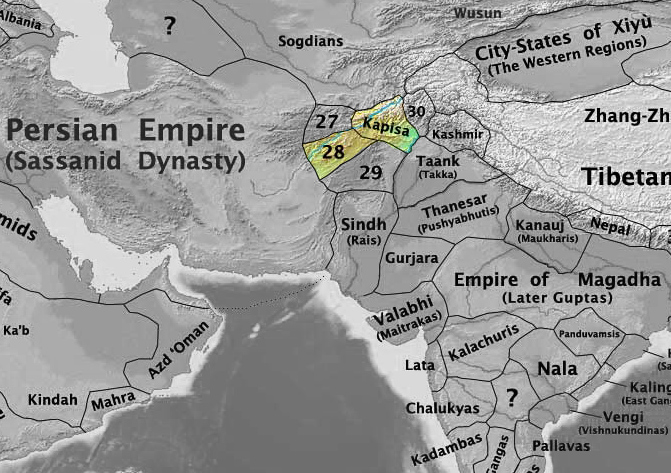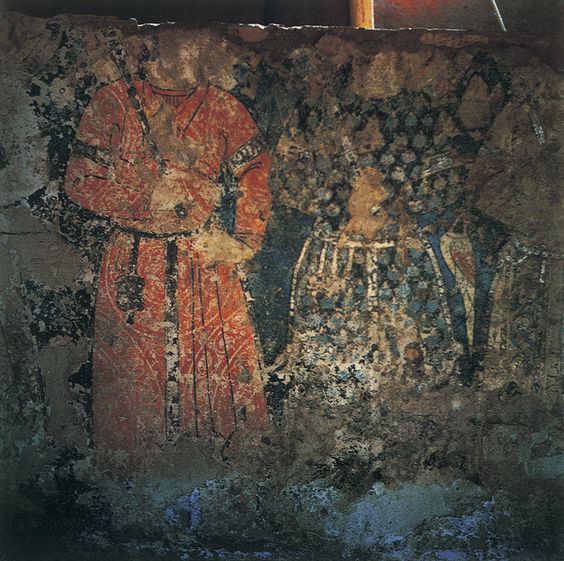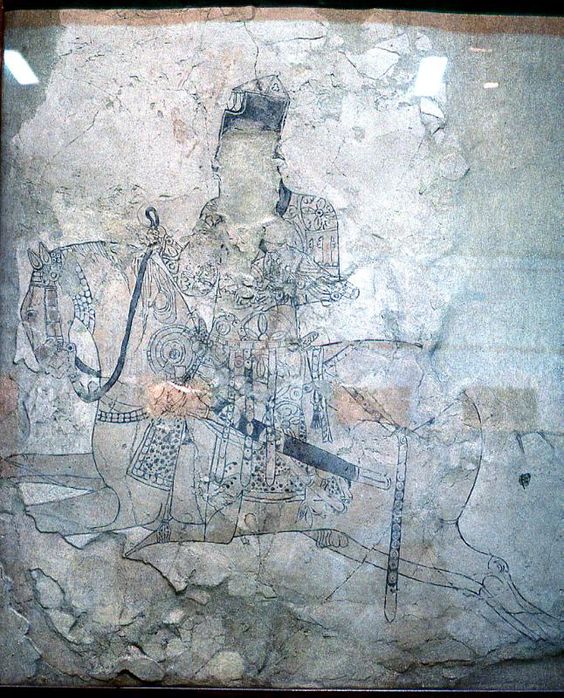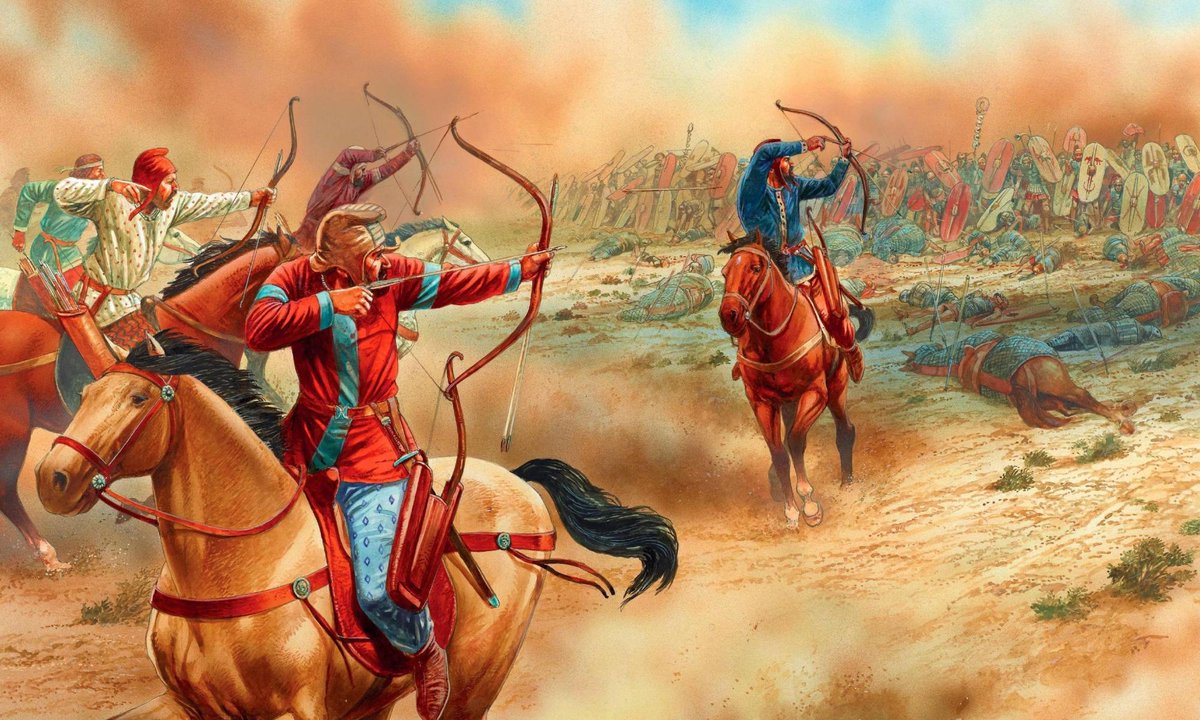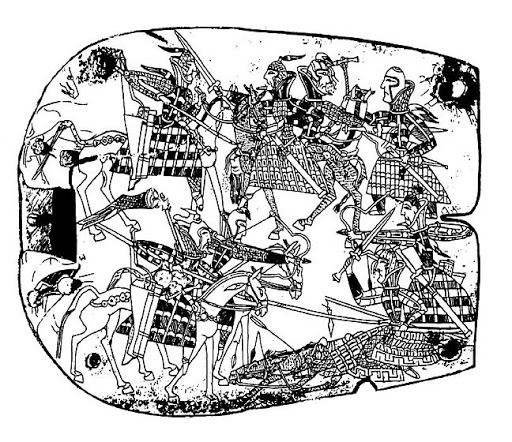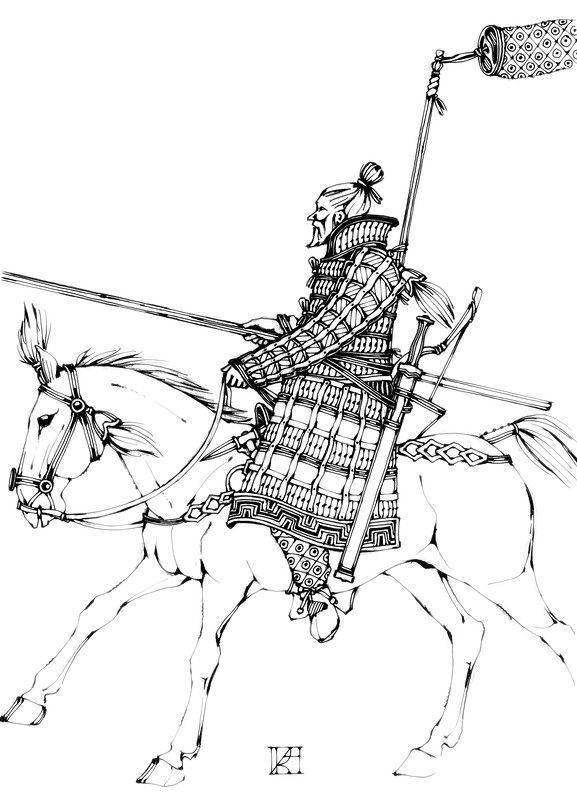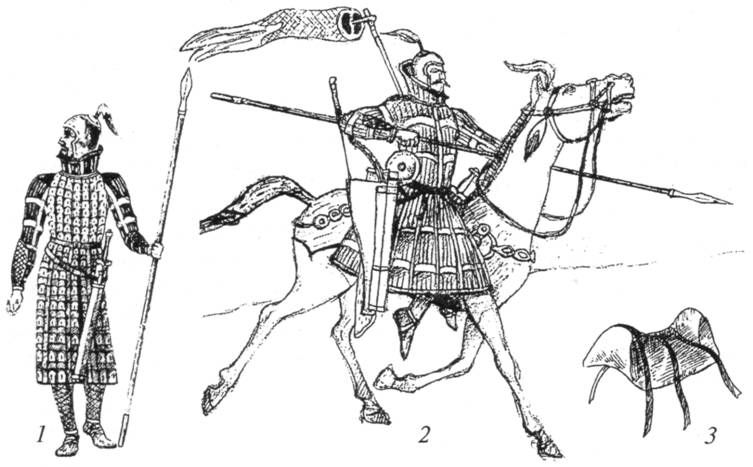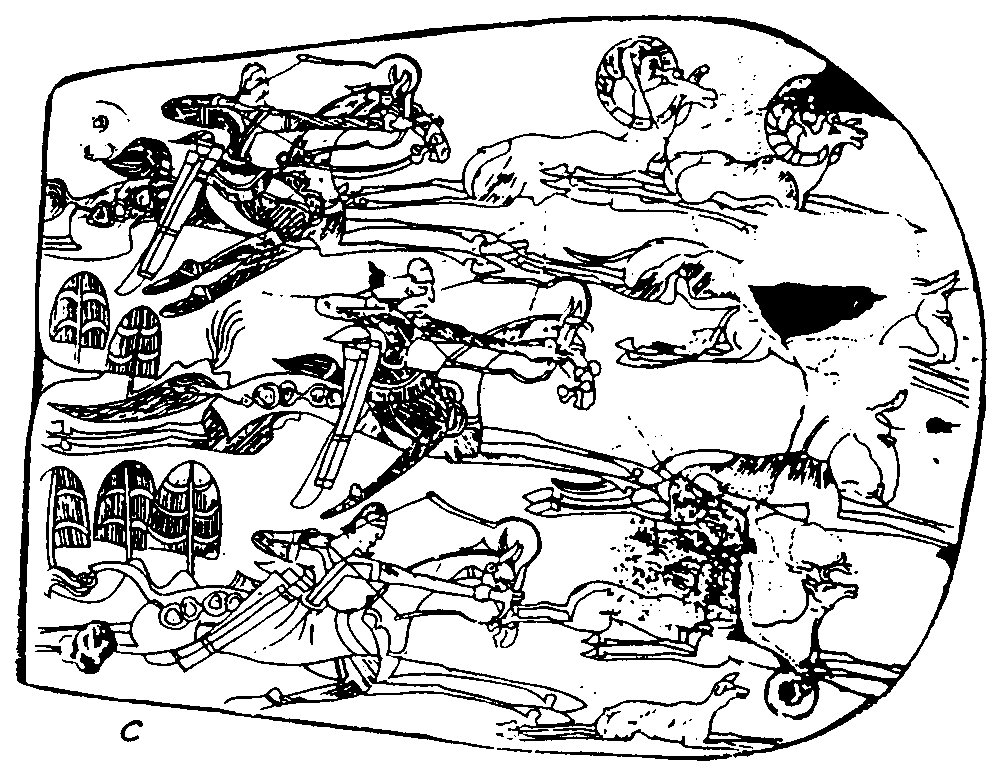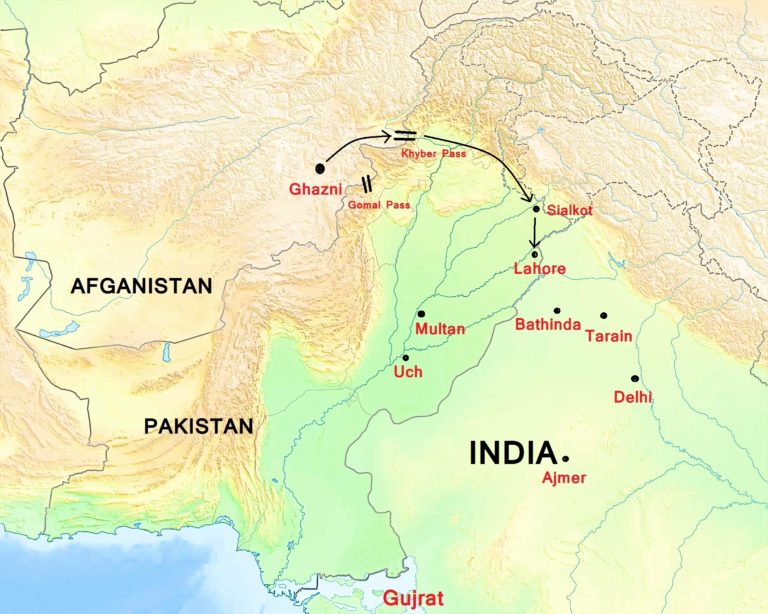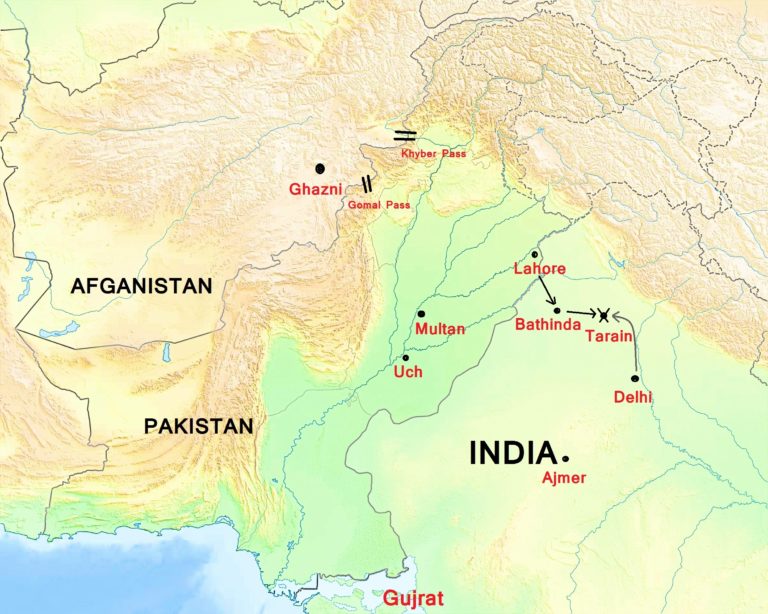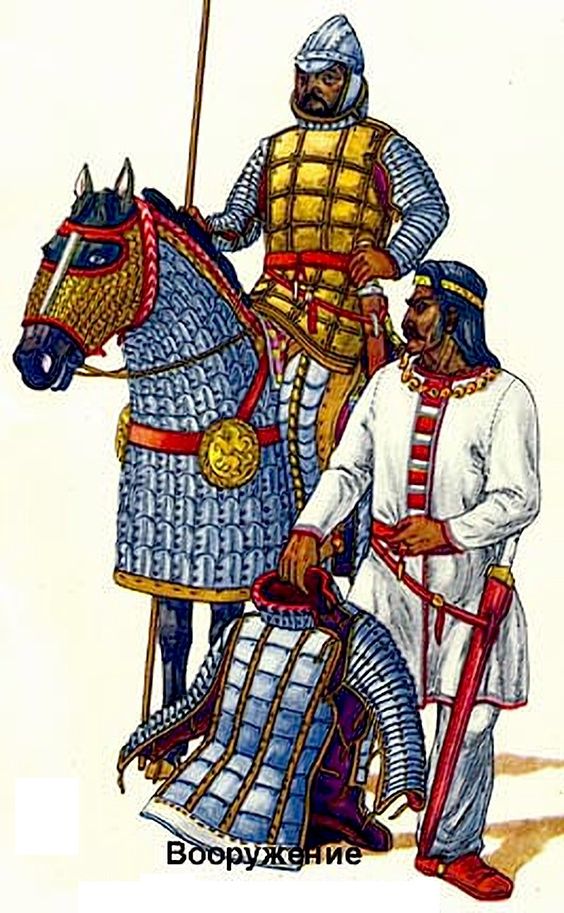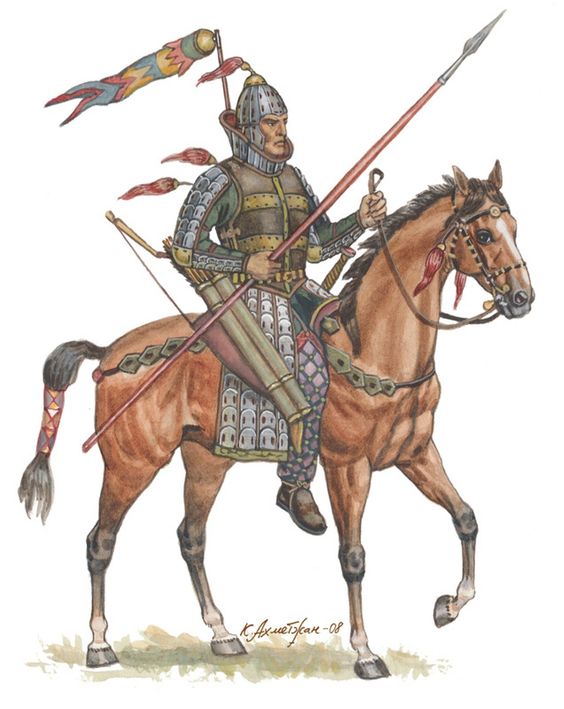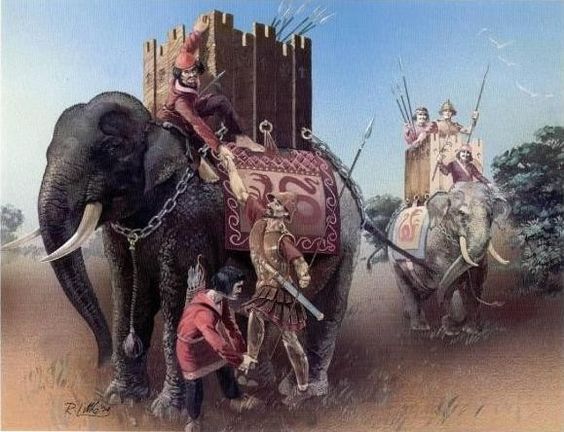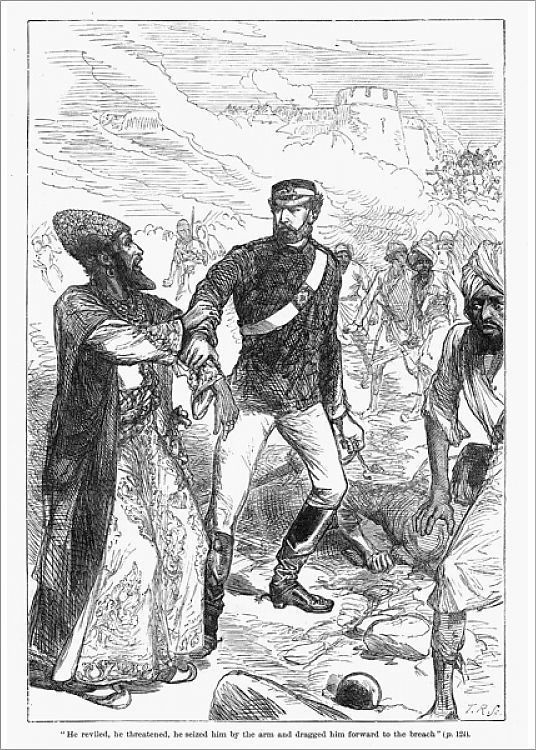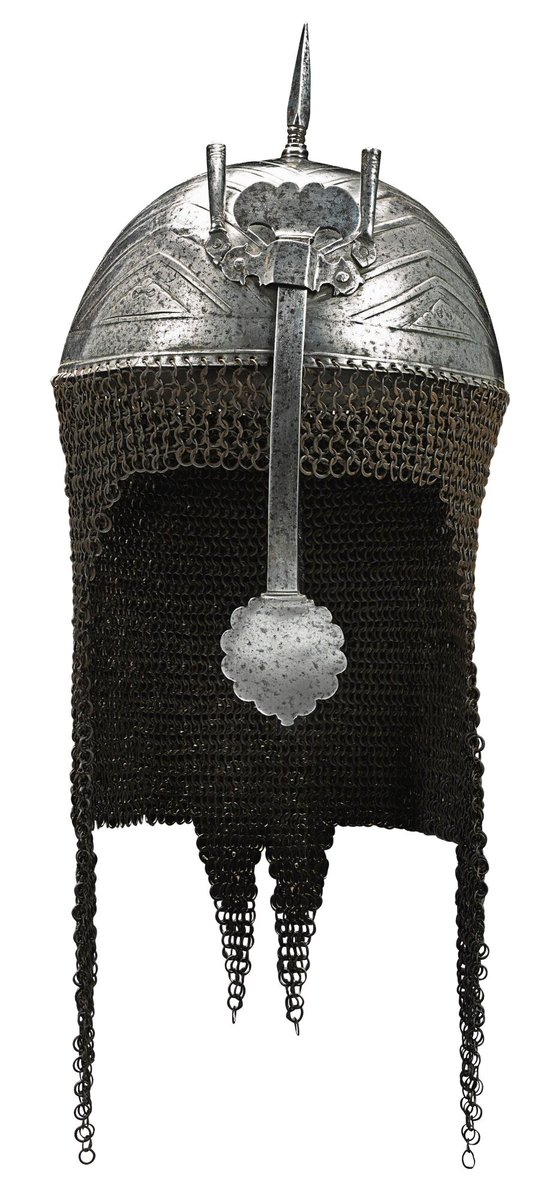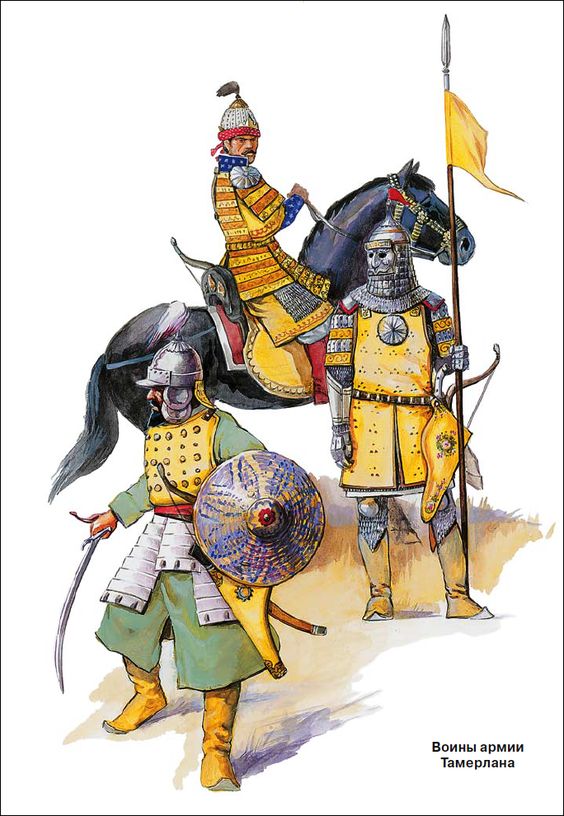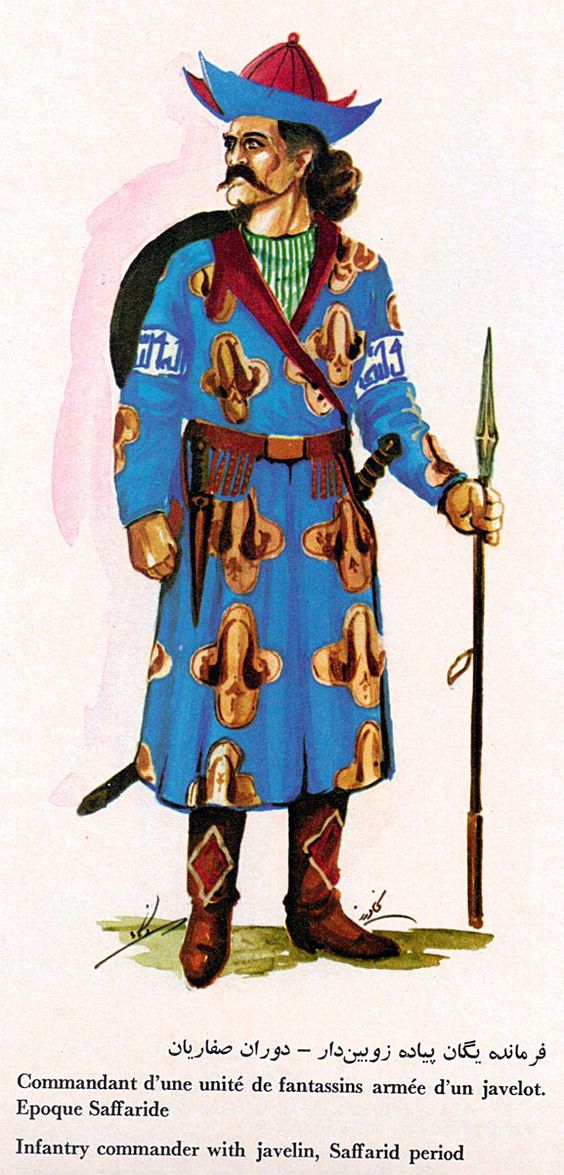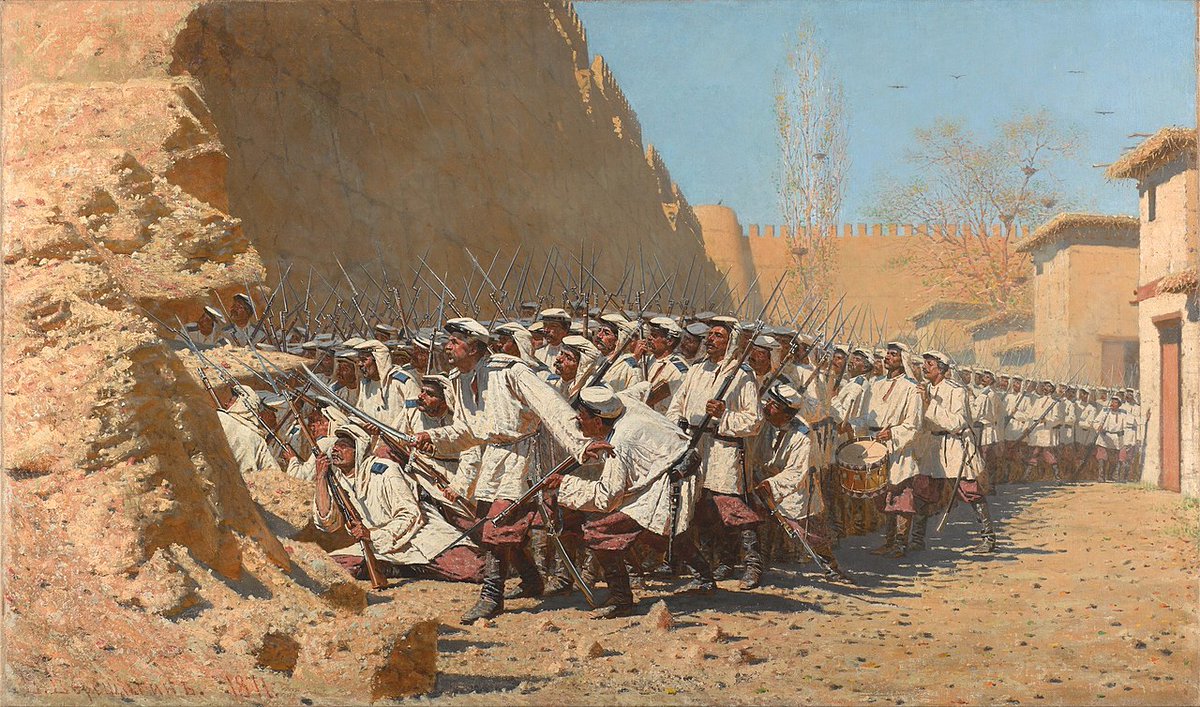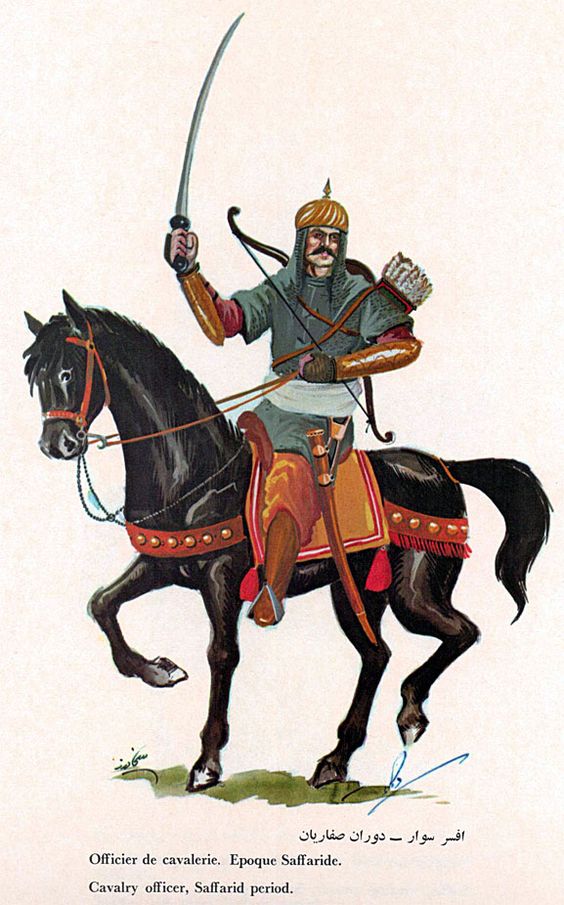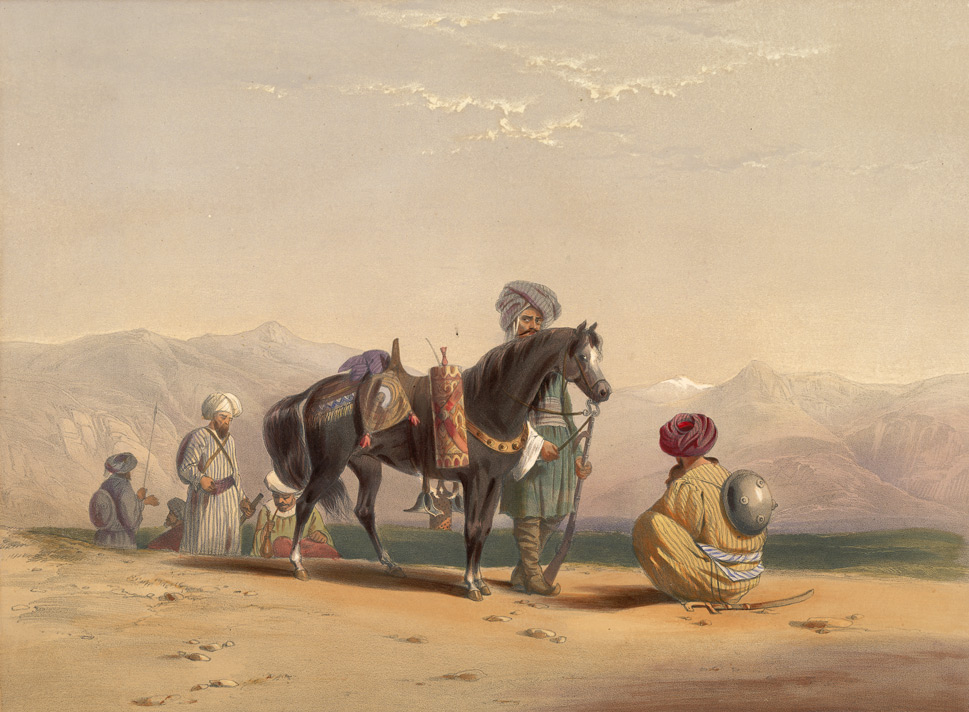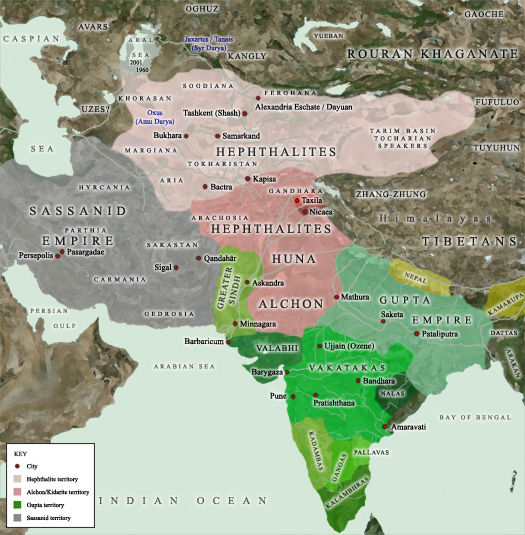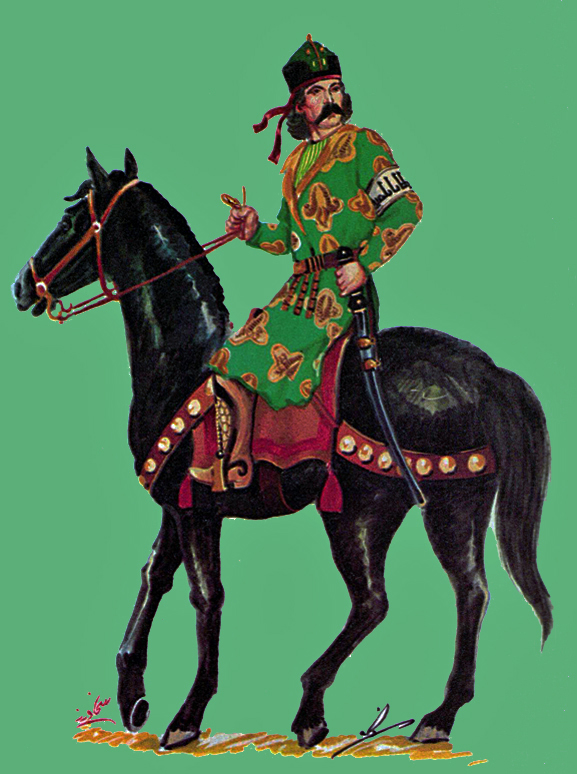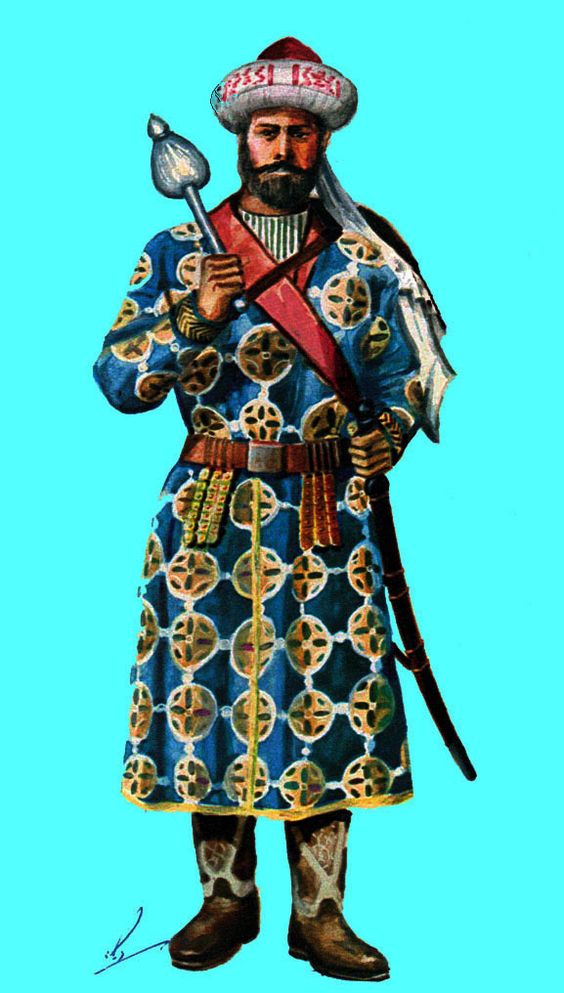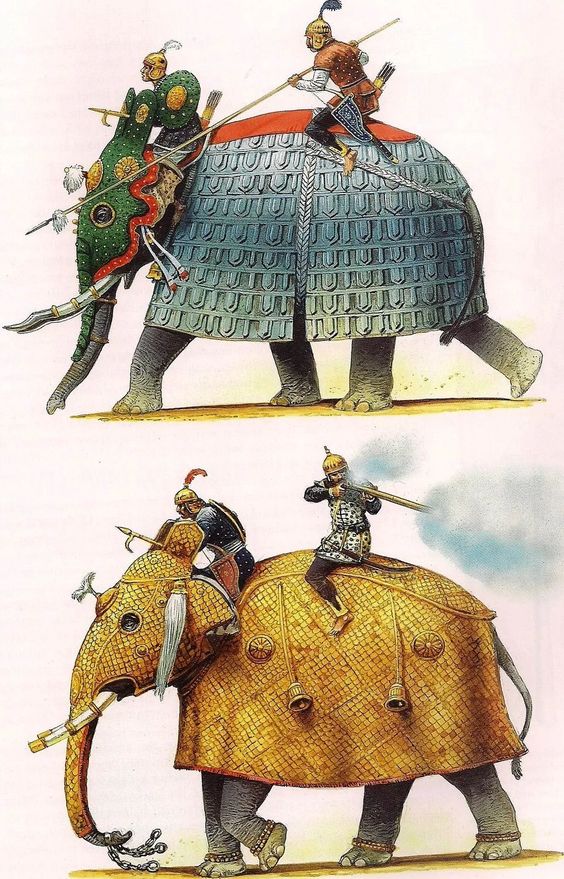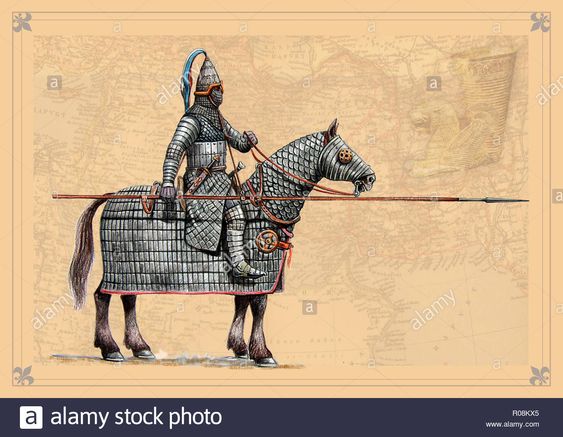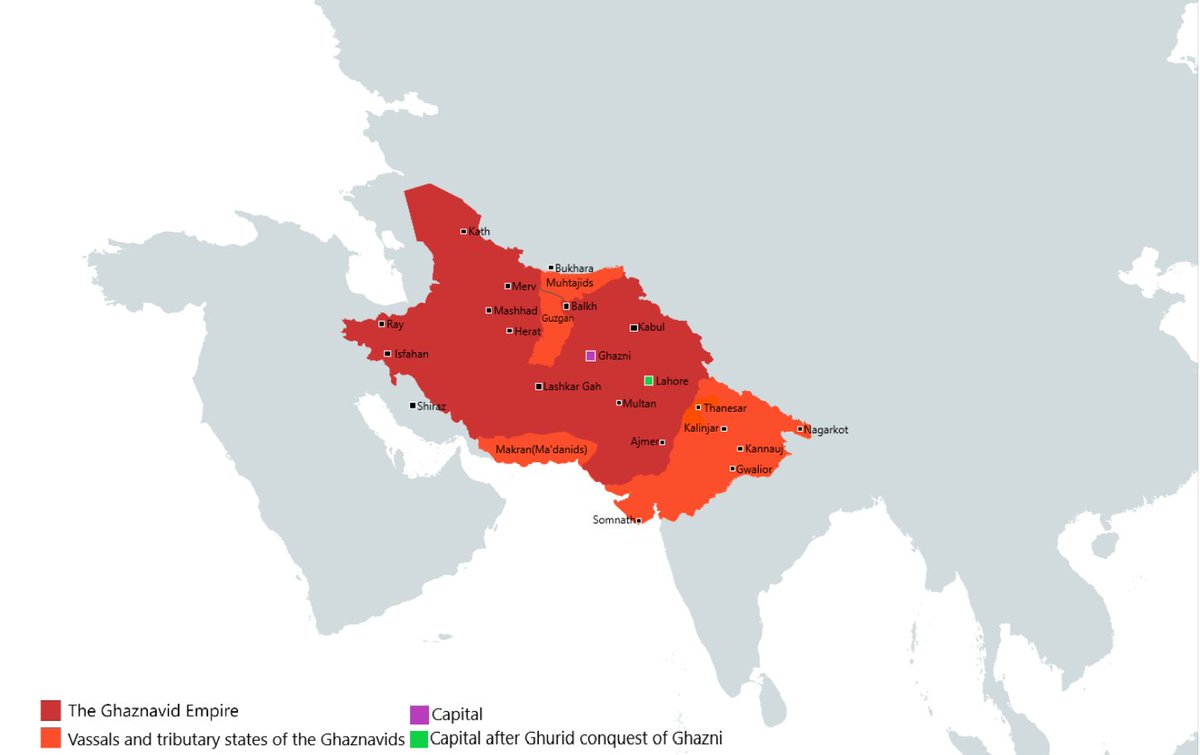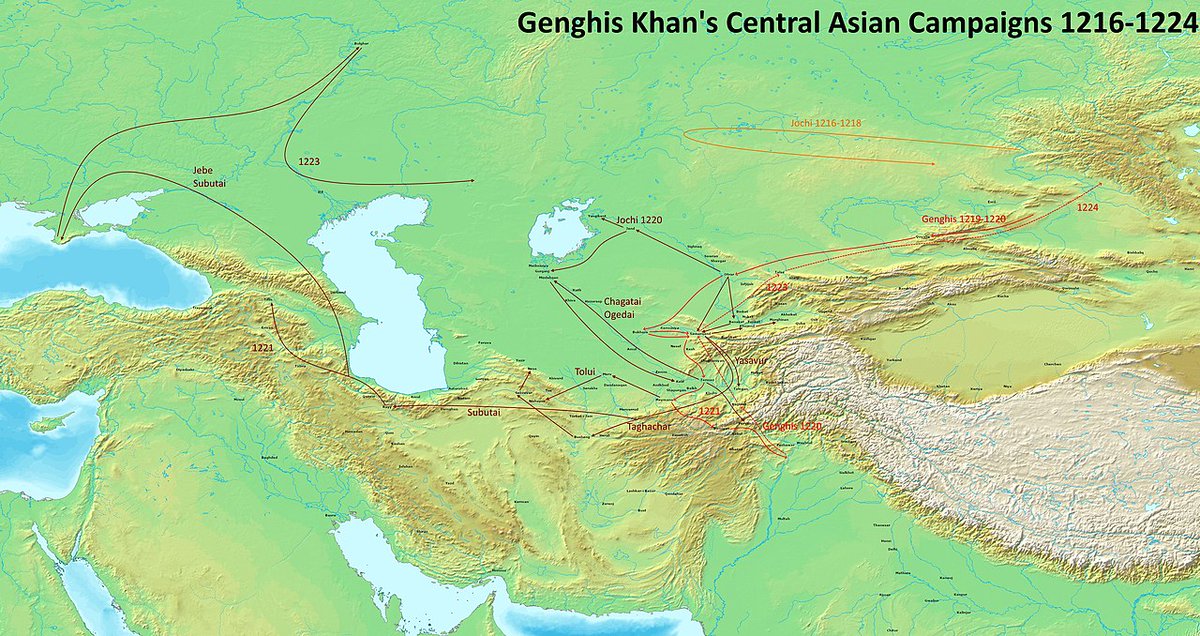Going to start a new thread about battles, tactics, armies, warriors and military titles in Eastern and Western Iranic lands, right under this tweet.
At the Battle of Gaugamela (October 1, 331 BC), Alexander defeated the Achaemenid army in a decisive way. Although the Persian collapsed, its elite Bactrian cavalry led by Bessus proved its superiority over Alexander´s Companion´s Cavalry by routing them. Alexander was so...
impressed by their performance, that he incorporated Bactrian cavalry into his own army. They played a key role in his long and brutal campaigns in Aria, Bactria, Sogdia, Drangiana and Gandhara and at the Battle of the Hydaspes (May 326 BC) against the Indian king Porus.
After overcoming all the forces of resistance in those regions, Alexander took away 30,000 young Bactrians and Sogdians as hostages and incorporated a large number of Bactrians in his army.
Did you know Afghanistan produced 120 years ago its own hand-made musket known in Pashto as "Jezail". Jezails were efficient, cheap and easy to handle. They became quite popular in Central Asia and India.
Illustration shows a Pashtun militiaman with his Jezail in eastern Afg.
Illustration shows a Pashtun militiaman with his Jezail in eastern Afg.
"A scrimmage in a Border Station
A canter down some dark defile
Two thousand pounds of education
Drops to a ten-rupee Jezail."
-Rudyard Kipling.
A canter down some dark defile
Two thousand pounds of education
Drops to a ten-rupee Jezail."
-Rudyard Kipling.
The various soldiers of the army of Darius I are illustrated on the tomb of Darius I at Naqsh-e Rostam, with a mention of each ethnicity in individual labels.
Notice that the upper row is all ancient Iranic tribes while non Iranics are below which implies an inferior status.
Notice that the upper row is all ancient Iranic tribes while non Iranics are below which implies an inferior status.
"Holy men, why have you fled away, and so misjudged my intent? It is my own desire, and the king& #39;s command to me, to do no harm to the land where the two gods were born, neither to the land itself nor to its inhabitants...
So return now to your homes and dwell on your island."
-Datis to the remaining Greek islands of the Cyclades, after burning Naxos to the ground.
-Datis to the remaining Greek islands of the Cyclades, after burning Naxos to the ground.
Sipahsālār (Persian سپهسالار) is definitely my favorite military title. It literally means "army commander" and was widely used across the Islamic world. It originated in Khorasan during the Iranian Intermezzo in the 9th century, most likely with the Tajik Saffarid Empire.
Sipahsālār came from the ancient Achaemenid title of "Spādhapati" which evolved with the Parthian Empire and under the Sassanian Empire it finally became "Spahbod", "army chief". Bactrian and Sogdian armies used the term "Ispahbadh".
This term was so popular, that even non-Muslim states adopted it. The Kingdom of Georgia used an Arabic and Persian hybrid, "Amirspasalar" (Persian: امیر سپه سالار). The Amirspasalar was a wartime supreme commander-in-chief of the royal armies, and the bearer of the state flag.
The Athenians led a campaign against the Achaemenid capital of Sardis in Asia Minor in 498 BC, during the Ionian revolt.
The revolt was eventually crushed by the Persian forces (after six years) and triggered the Greco-Persian wars.
The revolt was eventually crushed by the Persian forces (after six years) and triggered the Greco-Persian wars.
The Ionian revolt was backed by the Greek city-states of Athens and Eretria. Both even sent strong military support although they were decisively defeated at the Battle of Ephesus (498BC).
Camp of General Mardonius and disposition of Achaemenid troops at the Battle of Plataea (479 BC) during the Second Greco-Persian War, in which Mardonius was killed.
From left to right: Greek allies, Sakas, Indians, Bactrians, Medes and Persians.
From left to right: Greek allies, Sakas, Indians, Bactrians, Medes and Persians.
"Mardonius there chose out first all the Persians called Immortals, save only Hydarnes their general, who said that he would not quit the king& #39;s person; and next, the Persian cuirassiers, and the thousand horse, and the Medes and Sacae and Bactrians and Indians, alike their...
footmen and the rest of the horsemen. He chose these nations entire; of the rest of his allies he picked out a few from each people, the goodliest men and those that he knew to have done some good service...
Thereby the whole number, with the horsemen, grew to three hundred thousand men."
— Herodotus VIII, 113.
— Herodotus VIII, 113.
The great Achamenid general and nobleman, Gobryas, who was also Mardonius father.
Left side depicted as a lance-bearer of Darius, on the reliefs of Behistun. Right side on the tomb of Darius I.
Left side depicted as a lance-bearer of Darius, on the reliefs of Behistun. Right side on the tomb of Darius I.
Greco-Bactrian´s army composition:
After Alexander& #39;s conquest of Bactria, Bactrian cavalry units served in his army during the Indian campaign and after the Indian campaign, Alexander enlarged his companion cavalry by adding Bactrians, Sogdians and other east Iranian cavalrymen.
After Alexander& #39;s conquest of Bactria, Bactrian cavalry units served in his army during the Indian campaign and after the Indian campaign, Alexander enlarged his companion cavalry by adding Bactrians, Sogdians and other east Iranian cavalrymen.
Alexander and Seleucus I both settled other Greeks in Bactria. Greek garrisons in Bactria were housed in fortresses called phrouria and at major cities. These colonists numbered in the tens of thousands, and were trained in the fashion of the Macedonian army.
The army of the Greco-Bactrian kingdom was a multi-ethnic force with Greeks making up large portions of the infantry as pike phalanxes, supported by light infantry units of Bactrians and mercenary javelin-wielding Thureophoroi.
The cavalry arm was very large for a Hellenistic army and composed mostly of native Bactrian, Sogdian and other Indo-Iranian light horsemen. Greco-Bactrian armies also included units of heavily armored cataphracts and small elite units of companion cavalry.
The third arm of the Greco-Bactrian army was the Indian war elephants. This force grew as the Greco-Bactrian kingdom expanded into India. Other units in the Bactrian military included mercenaries or levies from surrounding peoples such as the Scythians, Indians and Parthians.
Eastern Iranic heavy cavalrymen: Saka (Scythian), Parthian and Kushan.
I ignore to what degree these pics are accurate but I absolutely love them.
I ignore to what degree these pics are accurate but I absolutely love them.
Colored reconstruction of relief on the Alexander Sarcophagus depicting Immortals fighting Alexander& #39;s troops.
Abdallah ibn Khordadbeh (Persian: عبدالله بن خرداببه) was a Persian general and governor for the Abbasid Caliphate. He was the son of Khordadbeh, a Zoroastrian from Khurasan who converted to Islam. His son was the great geographer Ibn Khordadbeh.
When the Samanid empire faced a rebellion led by two renegade Turkish generals, Shah Amir Nuh II had to seek help from Sebüktegin and his son Mahmud, who swore allegiance to him. In 994 AD, a battle took place near to the city of Herat where the rebels were crushed.
For this victory, Sebüktegin was named by the Samanid ruler "nâsir al-din wa al dawlâ" ("Helper of Religion and the State") and his son, Mahmud, was named "saif al dawlâ" ("The Sword of the State").
The traditional name in Khorasanian governance for a honorific title was "laqab" (لقب).
Illustration shows Bactrian heavy cavalry charging at the Battle of Gaugamela (331BC), while holding the flag "Derafsh-e Kaviani."
Abu Tahir Shirazi (Persian: ابوطاهر شیرازی) was a Persian official, who served as the secretary of the Samanid general Tash. Tahir belonged to a family native to Shiraz. He had a son named Ahmad Shirazi, who would later serve as the vizier of the Ghaznavid Empire.
Map of the Sasanian Empire and its surrounding regions on the eve of the Muslim conquest of the Sassanian Empire and the Eastern Roman Empire in 633 AD.
Map detailing the route of the great Muslim general Khalid ibn al-Walid& #39;s conquest of Mesopotamia from the Sassanid Empire.
Taking what is now Iraq was a decisive defeat for the Sassanids. Their state collapsed and they were unable to organize a proper counter-attack.
Taking what is now Iraq was a decisive defeat for the Sassanids. Their state collapsed and they were unable to organize a proper counter-attack.
Map of the Roman-Sasanian frontier during Late Antiquity, including the 591 border that was established between the two empires after Khosrow II& #39;s victory over Bahram.
According to the Khorasanian historia Bayhaq¯ı, Mahmud¯
severely censured the people of Balkh for resisting the Karakhanid invaders in 1006, thus causing the destruction in the town of a market belonging to the sultan which had brought in much revenue; they should simply...
severely censured the people of Balkh for resisting the Karakhanid invaders in 1006, thus causing the destruction in the town of a market belonging to the sultan which had brought in much revenue; they should simply...
...have submitted to the more powerful incomers. Hence Mahmud’s son Masud followed the same line of argument when at the end of his life he resolved to abandon Ghazna for India, instructing his officials to make the best terms they could with the Seljuqs...
whom he expected to occupy the capital and replace
his dynasty there.
This shows how Central Asian rulers in general discouraged destruction of cities and sometimes even supported the peaceful take over of another dynasty if the situation was impossible to revert.
his dynasty there.
This shows how Central Asian rulers in general discouraged destruction of cities and sometimes even supported the peaceful take over of another dynasty if the situation was impossible to revert.
Some Tajiks/Persians who served in the Ghaznavid Army as high ranking officials:
-Ali Daya: born somewhere in Khorasan, served both Mahmud and his son Masud. Eventually fell out of favor and was executed.
-Ahmad Shirazi: originally from Shiraz, served as vizier...
-Ali Daya: born somewhere in Khorasan, served both Mahmud and his son Masud. Eventually fell out of favor and was executed.
-Ahmad Shirazi: originally from Shiraz, served as vizier...
under Masud´s rule. His father was Abu Tahir Shirazi, an important civil servant in the Samanid dynasty.
-Abu Sahl Zawzani: born in Zozan, Khorasan, was a chief secretary in the Ghaznavid administration. He was present in several battles.
-Abu Sahl Zawzani: born in Zozan, Khorasan, was a chief secretary in the Ghaznavid administration. He was present in several battles.
-Abd al-Razzaq Maymandi worked as a vizier. Was arrested after Mahmud´s dead although was released once Masud took over. He was deposed by Toghrul of Ghazni after few years and not much more is known about him after that.
Miniature shows the victory of Deccan Sultanates in Battle of Talikota against the Hindu Vijayanagara Empire in 25 January 1565.
Hindu forces outnumbered Muslims ones by 40k. Still Sultanate forces crushed them in a decisive way.
Hindu forces outnumbered Muslims ones by 40k. Still Sultanate forces crushed them in a decisive way.
"Marzbān" (Persian مرزبان) were a class of margraves, warden of the marches, and by extension military commanders, in charge of border provinces of the Parthian Empire (247 BC–224 AD) and mostly Sasanian Empire (224–651 AD) of Iran.
Miniature shows the Mughal armies storming and taking the "Mertha Fort" in Rajasthan in 1561. From "Akbarnama". Victoria and Albert Museum.
The Khwarezm-Shah Empire at its largest extent. The dynasty spanned 3.6 million square kilometers.
The name "Khwarezm-Shah" is derived from Persian "Khwārazmshāhiyān" (خوارزمشاهیان), "Kings of Khwarezm".
The name "Khwarezm-Shah" is derived from Persian "Khwārazmshāhiyān" (خوارزمشاهیان), "Kings of Khwarezm".
Statue of Prithviraj Chauhan at Ajmer, India.
In 1192 CE, the Ghurids defeated Prithviraj at the Second battle of Tarain, and executed him shortly after. His defeat at Tarain is seen as a landmark event in the Islamic conquest of India.
In 1192 CE, the Ghurids defeated Prithviraj at the Second battle of Tarain, and executed him shortly after. His defeat at Tarain is seen as a landmark event in the Islamic conquest of India.
It seems Chauhan considered the First Battle of Tarain as a mere border clash. He did not know that Ghorids had massed a 120.000 strong army in Khorasan, made up of Tajik, Pashtun and Turk soldiers (source "Tabaqat-i Nasiri"). His army was utterly destroyed.
"Swordsmen though some HIndus may be, most of them are ignorant and unskilled in military move and stand, in soldierly counsel and procedure."
-Babur on Rajput´s military skills, after defeating them at the Battle of Khanwa (1527).
-Babur on Rajput´s military skills, after defeating them at the Battle of Khanwa (1527).
Samanian Empire at its largest extent.
Samanids were not the largest empire in the region but their rise was a turning point basically they created a powerful and sophisticated political and cultural ethos that was replicated by all dynasties for almost a millennia.
Samanids were not the largest empire in the region but their rise was a turning point basically they created a powerful and sophisticated political and cultural ethos that was replicated by all dynasties for almost a millennia.
Biruni on Arash the Archer firing an arrow: "By the order of God, the wind bore the arrow away from the mountains of Ruyan and brought the utmost frontier of Khorasan between Fergana and Tapuria."
The Persian historian "Gardizi" gave a similar description, although he notes that "the arrow of Arash fell in the area between Farghana and Bactria."
BTW picture of the statue of Arash the Archer at the Sa& #39;dabad Complex, Tehran.
"The Eyes of the King" (Old Persian "Spasaka") were some officials working for the Great King in the Achaemenid Empire. They were sometimes called "the eyes and the ears" of the king.
The "Spasaka" were high ranking officials who reported only to the Great King.
The "Spasaka" were high ranking officials who reported only to the Great King.
The Persian Eyes were appointed by the king to inform him of what was going on in the empire. They supervised the payment of tribute, oversaw how rebellions were suppressed, and reported evils to the king. Inside their well-defined regions, they had more powers than the satraps.
The Greeks knew about these officials:
"The pomp of Cambyses and Xerxes and Darius was ordered on a grand scale and touched the heights of majesty and magnificence. The king himself, they say, lived in Susa or Ecbatana, invisible to all, in a marvelous palace [...]. Outside...
"The pomp of Cambyses and Xerxes and Darius was ordered on a grand scale and touched the heights of majesty and magnificence. The king himself, they say, lived in Susa or Ecbatana, invisible to all, in a marvelous palace [...]. Outside...
these the leaders and most eminent men were drawn up in order, some [...] called "guards" and the "listening-watch", so that the king himself [...] might see everything and hear everything.{{Aristotle, On the Cosmos 398a-b; tr. D.J. Furley.}}
When the Athenians founded their empire in the early fifth century, they copied this institution, calling their inspectors episkopoi or "overseers". This title may have been a word-play, because this word sounds like the (probable) Persian name of the Eye: spasaka or "seer".
The Battle of Talas took place in July 751 AD, in what is now Kyrgyzstan between the Muslim Abbasid forces and the Chinese Tang Empire. At least 50K soldiers fought in this battle. After days of fighting, the Karluk Turk forces allied to the Tang, betrayed Chinese forces.
Tang army was defeated after this, ending Chinese influence in Central Asia for good. After this battle, Islam became the main political force in the region.
Short thread about the Saffarid empire: https://twitter.com/BiruniKhorasan/status/1183392052677095424">https://twitter.com/BiruniKho...
"Kadkhoda" (Persian کدخدا) in Afghanistan and Iran, is the leader or head of a village.
The term originated in medieval Iran. Under the Ilkhanids, it referred to a village elder who acted as its representative towards the government, and later, under the Safavids, their...
The term originated in medieval Iran. Under the Ilkhanids, it referred to a village elder who acted as its representative towards the government, and later, under the Safavids, their...
duties included the collection of taxes and administration of their village or town. From Persian practice it spread to the Seljuk Turks of the Sultanate of Rum, and is first attested in Ottoman usage in the 15th century in the sense of an "authorized deputy official".
The Persian institution of kethüdas as village or town chiefs, also continued under the Ottoman Empire, until it was abolished until 1790.
"Kadkhuda" means in Persian "master of a household" or "god of a household".
"Kadkhuda" means in Persian "master of a household" or "god of a household".
Razia Sultana Begum was the empress regnant of the Delhi Sultanate from 10 October 1236 to 14 October 1240. According to Persian historian Minhaj-i-Siraj, she was sagacious, just, beneficent, the patron of the learned, a dispenser of justice, the cherisher of her subjects, and...
of warlike talent, and endowed with all the admirable attributes and qualifications necessary for a monarch. She was the first and only woman to rule over Delhi.
Razia was Iltutmish´s daughter, the first ruler of Delhi and a Turkish slave who fought for the Tajik Ghorid empire.
Razia was Iltutmish´s daughter, the first ruler of Delhi and a Turkish slave who fought for the Tajik Ghorid empire.
For the Achaemenids, there were three types of Sakas: the Sakā tayai paradraya ("beyond the sea", presumably between the Greeks and the Thracians on the Western side of the Black Sea), the Sakā tigraxaudā (“with pointed caps”) the Sakā haumavargā ("Hauma drinkers", furthest East)
Pictures shows soldiers of the Achaemenid army. Xerxes I tomb detail, circa 480 BCE.
A sculpted head (broken off from a larger statue) of a Parthian warrior wearing a Hellenistic-style helmet, from the Parthian royal residence and necropolis of Nisa, modern Turkmenistan, 2nd century BC.
Plan of the Battle of Dara (530 AD) between Sassanian and Roman forces. Roman forces won.
The city of Dara was sieged, taken and re-taken at least 6 times in between 530 and 628 until it was taken by Muslims 639. It was again twice sacked by Romans but they never recaptured it.
The city of Dara was sieged, taken and re-taken at least 6 times in between 530 and 628 until it was taken by Muslims 639. It was again twice sacked by Romans but they never recaptured it.
Abu Muslim Khorasani´s real name was "Vehzādān Pour Vandād Hormozd".
Abu Muslim and his Khorasani forces triggered the Abbasid Revolution that toppled the Umayyad Caliphate. For centuries, he was the a hero for most of the Iranian world.
Abu Muslim and his Khorasani forces triggered the Abbasid Revolution that toppled the Umayyad Caliphate. For centuries, he was the a hero for most of the Iranian world.
Some interesting books/sources about Central Asian invasions/kingdoms of India:
-Minhaj-i-Siraj& #39;s Tabaqat-i Nasiri (1260 CE).
-Abdul Malik Isami& #39;s Futuh-us-Salatin (c. 1350).
-Yahya bin Ahmad Sirhindi& #39;s Tarikh-I-Mubarakshahi (1434 CE).
-Minhaj-i-Siraj& #39;s Tabaqat-i Nasiri (1260 CE).
-Abdul Malik Isami& #39;s Futuh-us-Salatin (c. 1350).
-Yahya bin Ahmad Sirhindi& #39;s Tarikh-I-Mubarakshahi (1434 CE).
-Nizam al-Din Ahmad& #39;s Tabaqat-i Akbari (1593-1594 CE).
-`Abd al-Qadir Bada& #39;uni& #39;s Muntakhab-ut-Tawarikh (c. 1590s CE).
-Firishta& #39;s Tarikh-i Firishta (early 17th century).
-`Abd al-Qadir Bada& #39;uni& #39;s Muntakhab-ut-Tawarikh (c. 1590s CE).
-Firishta& #39;s Tarikh-i Firishta (early 17th century).
All these books were either written in Persian, or by Tajik historians from India/Khorasan. They focus mostly on the Ghaznavid, Ghorid, Delhi Sultanates and Mughal empires. How they invaded, conquered and ruled their lands.
ASAD B. SĀMĀNḴODĀ ancestor of the Samanid dynasty. Sāmānḵodā seems to have been a local landowner (dehqān) of the village of Sāmān in the district of Balḵ. Bīrunī gives a genealogy going back four generations from Sāmānḵodā to the Sasanian Bahrām Čūbīn...
(Āṯār al-bāqīa, p. 39; Chronology, p. 48); while Gardīzī traces the line back to Gayomarṯ, the first man (ed. Nazim, pp. 19-20; ed. Ḥabībī, p 145). This affiliation of the Samanids with the Sasanians, whatever its truth, was generally accepted by contemporaries.
His four sons Nūḥ, Aḥmad, Yaḥyā, and Elyās were appointed deputy governors in towns of Ṭoḵārestān and Transoxania by al-Maʾmūn’s governor of Khorasan, Ḡassān b. ʿAbbād (202-05/817-20). With them began the growth of Samanid fortunes in Transoxania.
One of the founders of the Ghurid Empire, Ghiyath al Din bin Sam (r. 1163-1203), who ruled from Firuzkuh (modern western Afg), focused on first conquering the great Khorasani cities associated with urban Persianate culture: Herat, Nishapur, Tus and Merv. His aspirations to...
appropriate this culture are seen in his renovation of Herat´s congregational mosque, next to which lies his own mausoleum. A culturally rich and cosmopolitan city, Herat at this time was reported to have 12.000 shops, 6.000 baths and...
444.000 households-figures that, though probably inflated, would have far surpassed contemporary Paris´s estimated population of 110.000.
Map of the Byzantine and Abbasid campaigns in the years 837–838, showing Theophilos& #39;s raid into Upper Mesopotamia and Mu& #39;tasim& #39;s retaliatory invasion of Asia Minor, culminating in the conquest of Amorium. One of the campaigns was led by the great Khorasani general Kawus al-Afshin
Ḥaydar ibn Kāwūs (Arabic: حيدر بن كاوس), better known by his hereditary title of al-Afshīn (الأفشين), was a senior general of Iranian descent at the court of the Abbasid caliphs and a vassal prince of Oshrusana (modern Tajikistan). He played a leading role in the campaigns...
of Caliph al-Mu& #39;tasim, and was responsible for the suppression of the rebellion of Babak Khorramdin and for his battlefield victory over the Byzantine emperor Theophilos during the Amorium campaign. Eventually he was suspected of disloyalty and was tried and executed in June 841.
The Seven Great Houses of Parthia:
-The House of Ispahbudhan, of Gurgan.
-The House of Varaz, of Khorasan.
-The House of Karen, of Nahavand.
-The House of Mihran, of Ray.
-The House of Spandiyadh, of Ray.
-The House of Zik, of Adurbadagan.
-The House of Suren, of Sakastan.
-The House of Ispahbudhan, of Gurgan.
-The House of Varaz, of Khorasan.
-The House of Karen, of Nahavand.
-The House of Mihran, of Ray.
-The House of Spandiyadh, of Ray.
-The House of Zik, of Adurbadagan.
-The House of Suren, of Sakastan.
"The Armies of the Ilkhanate"
Illustration shows different types of soldiers: Mongols and Nomads, Northern Chinese and Persian/Turks.
Illustration shows different types of soldiers: Mongols and Nomads, Northern Chinese and Persian/Turks.
Ustadh Sis (Persian: استاذ سیس) was a Persian heresiarch and anti-Arab rebel leader from Khorasan. Several sources stated he was once a governor of Khorasan and father to Caliph Ma& #39;mūn’s Tajik mother, Marjil, which makes him Ma& #39;mūn& #39;s grandfather.
He claimed to be a prophet of God in the eastern fringe of Khorasan in the mid 8th century. Many were previously followers of Bihafarid, another Zoroastrian reformer from Khorasan, whom the Abbasid commander, Abu Muslim (also Khorasani), crushed militarily.
Ustadh Sis launched a rebellion in 767, purportedly with 300,000 fighting men. His initial base was the mountainous region of Badghis, and he soon occupied Herat and Sistan before marching towards Merv. He initially defeated an Abbasid army under the command of al-Ajtham of Merv.
But was himself defeated in a bloody battle against an army led by al-Mahdi, the son of the Caliph al-Mansur (and a future Caliph himself). 70,000 of Ustadh Sis& #39;s followers were killed in the battle, and 14,000 were taken captive.
Ustadh Sis managed to flee to the mountains, but the general Khazim ibn Khuzayma al-Tamimi (Khorasani Arab) followed him and was able to capture him. Ustadh Sis was sent in chains to Al-Mansur, who ordered his execution. Later, Al-Mahdi gave amnesty to 30,000 captives.
Illustration shows the Third Battle of Panipat, fought on 14 January 1761 at north of Delhi, between the Maratha Empire and the Pashtun army led by Ahmad Shah Abdali.
The battle had the largest number of fatalities in a single day reported in a classic formation battle.
The battle had the largest number of fatalities in a single day reported in a classic formation battle.
The battle lasted for several days and involved over 125,000 troops. The Muslim forces came out victorious after destroying Maratha´s flanks. The extent of the losses on both sides is disputed by historians, but it is believed that between 60,000–70,000 were killed in fighting.
According to the single best eyewitness chronicle—the bakhar by Shuja-ud-Daulah& #39;s Diwan Kashi Raj—about 40,000 Maratha prisoners were slaughtered the day after the battle. Another 40,000–70,000 non-combatants executed following the battle. This means at least 100K were killed.
Thread about medieval Persian chivalry: https://twitter.com/BiruniKhorasan/status/1156840404563759104">https://twitter.com/BiruniKho...
Illustration shows a Saka (Scythian) soldier by the Iranian concept artist Faraz Shanyar.
Sakas are one of the main ancestors of modern Tajik and Pashtun people. Southern regions of modern Afghanistan were once known as "Sakastan": "The Land of the Scythians".
Sakas are one of the main ancestors of modern Tajik and Pashtun people. Southern regions of modern Afghanistan were once known as "Sakastan": "The Land of the Scythians".
The Persianate world in the 10th century: politically split between Samanids (Sunnis), Khwarezmians (Sunnis), Buyids (Shias) and native dynasties in northern Iran.
A monumental Nishapur imitation lustre pottery dish with confronted armed figures, Khorasan. 10th century. Samanid design.
The Mihrabanids (Persian ملوک مهربانی) were a Tajik Sunni Muslim dynasty from Shahr-i Sistan (Zaranj in modern Afghanistan) that ruled over the Sistan region from the 13th century until the mid 16th.
Eurasia c. 1200, on the eve of the Mongol invasions.
The Ayyubid Empire (Sunni Kurds), the Ghurid Sultanate (Sunni Tajiks) and the Khwarezmshah Empire (Persianized Turks), were the strongest political entities in the Islamic world.
The Ayyubid Empire (Sunni Kurds), the Ghurid Sultanate (Sunni Tajiks) and the Khwarezmshah Empire (Persianized Turks), were the strongest political entities in the Islamic world.
Did you know Timurids created a "Ministry of Commanders" (Divân-i Amirân) and a "Ministry of Tajiks" (Divân-e Tâjikân")?
All military issues were assigned to the former. The bureaucratic, cultural, economic and social ones to the latter, run exclusively by ethnic Tajiks.
All military issues were assigned to the former. The bureaucratic, cultural, economic and social ones to the latter, run exclusively by ethnic Tajiks.
Principality of Chaghaniyan, locally known as "Chaghan Khudah" ("Lords of Chaghaniyan"), were a local Central Asian Iranic dynasty who ruled over the Chaghaniyan (between the Oxus and Samarkand) in the 7th until the Arab Conquest.
As Sassanian vassals, they helped their kinsmen in their war against Arabs. They joined hands with other local dynasties from Taloqan, Guzgan and Faryab, but were eventually defeated by the invaders.
Although the Chaghaniyan Principality survived the Arab invasion...
Although the Chaghaniyan Principality survived the Arab invasion...
they began to fade form historical sources. It is not well known what happened to them but they just vanished and never mentioned again.
Ardashir I: the man who founded the powerful Sassanid Empire https://www.ancient.eu/Ardashir_I/ ">https://www.ancient.eu/Ardashir_...
Map showing the four empires of Eurasia in 2nd Century CE.: Rome, Parthia, Kushan and the Han Empire. Two of them (Parthia and Kushans) were Iranic empires.
"For a time, the Kushana Empire was the centerpoint of the major civilizations".
"For a time, the Kushana Empire was the centerpoint of the major civilizations".
Short thread about Buddhism and the Hephtalite Empire: https://twitter.com/BiruniKhorasan/status/1223568517825486849">https://twitter.com/BiruniKho...
Parthian Shot: https://twitter.com/BiruniKhorasan/status/1224018207557726208">https://twitter.com/BiruniKho...
Route of Xenophon and the Ten Thousand in the Achaemenid Empire.
The Ten Thousand were a force of Greek mercenary units, employed by Cyrus the Younger to attempt to wrest the throne of the Persian Empire from his brother, Artaxerxes II.
The Ten Thousand were a force of Greek mercenary units, employed by Cyrus the Younger to attempt to wrest the throne of the Persian Empire from his brother, Artaxerxes II.
Their march to the Battle of Cunaxa and back to Greece (401–399 BC) was recorded by Xenophon, one of their leaders, in his work Anabasis.
Zaman - Kushan Empire - Afghanistan | زمان 2000 سال قبل از امروز افغانستان
Interesting video about the Kushan Empire. https://www.youtube.com/watch?v=t_ySLSzp3Hc">https://www.youtube.com/watch...
Interesting video about the Kushan Empire. https://www.youtube.com/watch?v=t_ySLSzp3Hc">https://www.youtube.com/watch...
Zaman - Greco Bactrian Empire in Afghanistan - Promo | زمان - افغانستان امپراتوری یونان باختری https://www.youtube.com/watch?v=Aii_4-1TiVc">https://www.youtube.com/watch...
A map of India in the 2nd century CE showing the extent of the Kushan Empire during the reign of Emperor Kanishka.
https://twitter.com/BiruniKhorasan/status/1228255178190721024">https://twitter.com/BiruniKho...
https://twitter.com/BiruniKhorasan/status/1193555557157949440">https://twitter.com/BiruniKho...
Abu Abdallah Jayhani (ابو عبدالله جیهانی), was the Persian vizier of the Samanid Empire from 914 to 922. His lost geographical work (which was preserved in later authors& #39; books) is an important source of 9th-century history of Central Asia and Eastern Europe.
Spelling patterns in his works suggests that Persian was his native language. Yaqut al-Hamawi also recorded that Jayhani frequently used the Persian expression "bedāw andarūn" ("rush in"). Jayhani was a student of Abu Zayd al-Balkhi.
Jayhani "assembled around himself some foreigners and questioned them about the countries and their revenues, the condition of roads thither, the elevation of the stars above the horizons there and the length of the meridian shadows cast by the sun", according to al-Muqaddasi.
"From those blessing in the world that remain
From the House of Sasan and of Saman
Rudaki´s refined verse remains
(and) Barbat´s songs and tales."
-Mujalladi Gurgani, a Tajik poet eloquently expressing that the Samanians were a continuation of the Sassanians.
From the House of Sasan and of Saman
Rudaki´s refined verse remains
(and) Barbat´s songs and tales."
-Mujalladi Gurgani, a Tajik poet eloquently expressing that the Samanians were a continuation of the Sassanians.
"Az ân chandân nâ´im in jahâni
Ki mând az âl-i Sâsân wa âl-i Sâmân
Sinâyi Rudaki mândast wa madhat
Navâ-yi Bârbad mândast wa dâstân"
-Mujalladî Gurgâni.
Ki mând az âl-i Sâsân wa âl-i Sâmân
Sinâyi Rudaki mândast wa madhat
Navâ-yi Bârbad mândast wa dâstân"
-Mujalladî Gurgâni.
https://twitter.com/BiruniKhorasan/status/1175379214264152066">https://twitter.com/BiruniKho...
Map showing the domains of the Tahirid dynasty.
The Tahirid dynasty (Persian: طاهریان) was a dynasty, of Persian origin, that effectively ruled the Khorasan from 821 to 873. The dynasty was founded by Tahir ibn Husayn, a leading general from the historical city of Pushang...
The Tahirid dynasty (Persian: طاهریان) was a dynasty, of Persian origin, that effectively ruled the Khorasan from 821 to 873. The dynasty was founded by Tahir ibn Husayn, a leading general from the historical city of Pushang...
in the service of the Abbasid caliph al-Ma& #39;mun. Their capital in Khorasan was initially located at Merv but was later moved to Nishapur.
The Tahirids have been described by some scholars as the first independent Iranian dynasty after the fall of the Sassanian Empire...
The Tahirids have been described by some scholars as the first independent Iranian dynasty after the fall of the Sassanian Empire...
however they never declared their political independence from the Abbasids. Instead they enjoyed of a huge degree of autonomy.
Eastern Iranian lands got their full political independence under the Saffarid empire.
Eastern Iranian lands got their full political independence under the Saffarid empire.
Map shows the Islamic world in the beginning of the XVth century. Three Turkic empires ruled the Islamic world. Although they were all Sunni Muslims, they promoted different cultural traditions: Mamluks Turco-Arab, Timurids Turco-Persian and Ottomans Turco-Balkan/Caucasian.
Map shows the Kingdom of Pontus at its height.
The KOP was founded by the Mithridatic dynasty, of Persian origin. It was culturally Hellenistic but with a strong Iranian influence.
Pontus was eventually defeated and integrated into the Roman Empire in 62 AD.
The KOP was founded by the Mithridatic dynasty, of Persian origin. It was culturally Hellenistic but with a strong Iranian influence.
Pontus was eventually defeated and integrated into the Roman Empire in 62 AD.
https://twitter.com/BiruniKhorasan/status/1170762934437519361">https://twitter.com/BiruniKho...
Folio from a Shahnama (Book of kings) by Ferdawsi (d.1020). Battle scene. Mahmud Musawwir. Safavid period, 1525-1550. School of Tabriz or Qazvin.
Did you know during the 5th and 6th century many Sogdians took up residence in the Hexi Corridor where they retained autonomy in terms of governance and had a designated official administrator known as a sabao? All this suggests their importance to the socioeconomic structure...
of China. The Sogdian influence on trade is also made apparent by a Chinese document which lists taxes paid on caravan trade in the Turpan region and shows that 29 out of the 35 transactions involved Sogdian merchants. In 13 of those cases both buyer and seller were Sogdians.
"I am the son of the noble descendants of Jamshid - the mythical first Iranian king- and the inheritance of the kings of Iran has fallen to my lot. I am reviving their glory, which has been lost and effaced by the length of time.. Say then to all sons of Hashim (Arabs): "Return..
to your country in the Hijaz, to eat lizards and to graze your sheep!"
-Yaqub b. Layth, founder of the Saffarid dynasty. He had a deep contempt for the Arabs and the Abbasids. He also represents proto-Iranian nationalism.
Picture of his statue in Dezful, Iran.
-Yaqub b. Layth, founder of the Saffarid dynasty. He had a deep contempt for the Arabs and the Abbasids. He also represents proto-Iranian nationalism.
Picture of his statue in Dezful, Iran.
Map showing the location of the battle of Istarband on April 8 867 AD between the Abbasid Caliphs and the Saffarid army, as well as the routes taken by the Saffarid (red) and main & #39;Abbasid (blue) armies. Saffarids were defeated.
Map of Iran with the names of the main provinces during Abbasid Caliphate. From left to right: "Jazira", "Jibal", "Fars", "Khorasan", "Sistan", "Soghd" and "Makran".
https://twitter.com/BiruniKhorasan/status/1239145455373729792">https://twitter.com/BiruniKho...
A Mughal sepoy, under the command of Mirza Najaf Khan.
The term sepoy is derived from the Persian word sepāhī (سپاهی) meaning the traditional "infantry soldier" in the Mughal Empire.
The term sepoy is derived from the Persian word sepāhī (سپاهی) meaning the traditional "infantry soldier" in the Mughal Empire.
https://twitter.com/BiruniKhorasan/status/1175379214264152066">https://twitter.com/BiruniKho...
Did you know Mahmud Ghaznawi´s army had a huge Hindu corp and their commander was called "sipahsalar-i-Hinduwan"?
Hindus lived in their quarter of the city of Ghazna, with full freedom to practice their religion.
Hindus lived in their quarter of the city of Ghazna, with full freedom to practice their religion.
Panipat, the strategic city in northern India where three massive battles took place in less than three centuries. This battles left a deep negative impact in Hindus psyche. There is even a psychological disorder known as "Panipat Syndrome". https://twitter.com/BiruniKhorasan/status/1143835545535209472">https://twitter.com/BiruniKho...
Some of the most important Central Asian Dynasties/Empires/Kingdoms/Civilizations:
-BMAC: the first Central Asian civilization, founded 4500 years ago.
- Median Empire
-Persian Achaemenid Empire
-Alexander´s Argead Dynasty
-Greco-Bactrian Empire
-Kushan Empire
-BMAC: the first Central Asian civilization, founded 4500 years ago.
- Median Empire
-Persian Achaemenid Empire
-Alexander´s Argead Dynasty
-Greco-Bactrian Empire
-Kushan Empire
-Parthian Empire
-Hephtalite Empire
-Persian Sassanid Empire
-Kidarite Dynasty
-Kabul Shahi Dynasty
-Arab Umayyad Caliphate
-Arab Abbasid Caliphate
-Tahirid Dynasty
-Saffarid Dynasty
-Sajid Dynasty
-Samanid Empire
-Ghorid Empire
-Hephtalite Empire
-Persian Sassanid Empire
-Kidarite Dynasty
-Kabul Shahi Dynasty
-Arab Umayyad Caliphate
-Arab Abbasid Caliphate
-Tahirid Dynasty
-Saffarid Dynasty
-Sajid Dynasty
-Samanid Empire
-Ghorid Empire
-Ghaznawid Empire
-Seljuq Empire
-Khwarezm-Shah Empire
-Mongol Empire
-Ilkhanid Empire
-Timurid Empire
-Mughal Empire
-Safavid Empire
-Hotaki Empire
-Durrani Empire
-Colonialism and rise of the nation-state
-Seljuq Empire
-Khwarezm-Shah Empire
-Mongol Empire
-Ilkhanid Empire
-Timurid Empire
-Mughal Empire
-Safavid Empire
-Hotaki Empire
-Durrani Empire
-Colonialism and rise of the nation-state
https://twitter.com/BiruniKhorasan/status/1245665905687834624">https://twitter.com/BiruniKho...
The Failure of Alexander’s Conquest and
Administration of Bactria-Sogdiana
Very interesting article about Alexander´s failure to create a lasting and functional administration in Bactria-Sogdiana. PDF.
https://www.mcgill.ca/classics/files/classics/2009-10-06.pdf">https://www.mcgill.ca/classics/...
Administration of Bactria-Sogdiana
Very interesting article about Alexander´s failure to create a lasting and functional administration in Bactria-Sogdiana. PDF.
https://www.mcgill.ca/classics/files/classics/2009-10-06.pdf">https://www.mcgill.ca/classics/...
According to this article, in order to crush the Bactrian/Sogdian revolt, Alexander killed 100K Bactrians. These numbers must be taken with a pinch of salt, but it´s still very interesting how the only way he had to deal with the rebels was killing civilians.
Scaphism, a brutal form of torture in Ancient Persia. https://twitter.com/BiruniKhorasan/status/1164984442114457605">https://twitter.com/BiruniKho...
https://twitter.com/BiruniKhorasan/status/1159104953908158464">https://twitter.com/BiruniKho...
Sogdian clay ossuary and deformed skulls. Seventh-eight century. Afrasiab Museum, Uzbekistan
Hepthalites had a strange belief that an artificially deformed head was a symbol of high status, achieved by binding the head during infancy. https://twitter.com/BiruniKhorasan/status/1182244683646414848">https://twitter.com/BiruniKho...
Hepthalites had a strange belief that an artificially deformed head was a symbol of high status, achieved by binding the head during infancy. https://twitter.com/BiruniKhorasan/status/1182244683646414848">https://twitter.com/BiruniKho...
A rare and important gold and silver-inlaid dagger. Ghaznavid or may be Seljuk. Khorasan, 11th/12th century.
Map of the Nezak Huns in the Hindu Kush area, mainly in the modern regions of Ghazni/Kabul/Kapisa.
They were the last of the four major "Hunic" states known collectively as Xionites. Their predecessors were, in chronological order, the Kidarites, the Hephthalites, and the Alchon
They were the last of the four major "Hunic" states known collectively as Xionites. Their predecessors were, in chronological order, the Kidarites, the Hephthalites, and the Alchon
Wall paintings from one of the Ghaznavid palaces at Laškarī Bāzār in Bust, Helmand province. Modern Afghanistan.
Wall painting of a cavalryman, 9th-10th century. From the palace of Sabzpušan at Nišapur, Khorasan (modern Iran). Saffarid or Samanid period.
The stories of "Shahr-e Zohak" ("Red City") and "Shahr-e Gholghola" ("City of Screams") in Bamiyan Valley and the utter devastation caused by Gengis horde in 1221, when his favorite great-son was killed fighting the local Iranic population.
Check it out: https://twitter.com/BiruniKhorasan/status/1161649262683459584">https://twitter.com/BiruniKho...
Check it out: https://twitter.com/BiruniKhorasan/status/1161649262683459584">https://twitter.com/BiruniKho...
FUN FACT: the Latin phrase "Crassus Error", which means "gross mistake", originated after the Battle of Carrhae (53BC) when the Roman army led by the wealthy general Marcus Licinius Crassus was crushed by a numerically inferior Parthian army led by the mythical general Surena.
Crassus made several strategical and tactical military mistakes. He also underestimated his Parthian opponents. His mistake was one of the greatest Roman military blunders in history (20k soldiers died and 10k were captured).
https://twitter.com/BiruniKhorasan/status/1250720869955047430">https://twitter.com/BiruniKho...
Orlat plaques are a series of bone plaques that were discovered in the mid-1980s in north of Samarkand.
They are decorated with battle scenes between soldiers wearing cataphracts. The date of the plaques suggest a 1st-century CE date. Kangjus, a tribe close to the Sogdians.
They are decorated with battle scenes between soldiers wearing cataphracts. The date of the plaques suggest a 1st-century CE date. Kangjus, a tribe close to the Sogdians.
Two maps show the Muhammad Ghori´s Second Invasion of India (1179AD). After the first invasion´s failure, Ghori changed his strategy: crossed the Khyber Pass and conquered Punjab. After that, he crushed Hindu forces at the Battle of Tarain, conquering Delhi right after it.
This campaign was a turning point in history. Although Ghorid Empire collapsed right after Muhammad´s death, he managed the establish a stable system in India. The Delhi Sultanates succeeded Ghorids and with them started 8 centuries of Islamic hegemony in the Subcontinent.
Thread about the empires/dynasties/kingdoms that ruled over the Islamic world after the Islamic Conquest and also a personal review of what led to the decline of Central Asia. Long thread. Check it out! https://twitter.com/BiruniKhorasan/status/1251135408718692352">https://twitter.com/BiruniKho...
Drawing of Kushan heavy infantryman and cavalry.
I am very wary of these sort of illustrations still like them for some reason.
I am very wary of these sort of illustrations still like them for some reason.
Origins of the Gypsy nation: https://twitter.com/BiruniKhorasan/status/1252898215957012480">https://twitter.com/BiruniKho...
Drawing shows Parthian soldiers, including archer-cavalry and a cataphract. By the Spanish artist Ángel García Pinto.
Origins of the Samanid Family thread: https://twitter.com/BiruniKhorasan/status/1252987888041590788">https://twitter.com/BiruniKho...
https://twitter.com/BiruniKhorasan/status/1253716145321934850">https://twitter.com/BiruniKho...
Two Persian miniatures depicting the siege of Smyrna (Izmir) from a manuscript of the Zafaranama (c. 1467), a biography of Timur. Illustrated by Kamāl ud-Dīn Behzād (Herat, Khorasan), now in the John Work Garrett Library of Johns Hopkins University. https://twitter.com/BiruniKhorasan/status/1167368529491968000">https://twitter.com/BiruniKho...
Eldred Pottinger (1811-1843), Anglo-Indian soldier and diplomat, helping a local commander at Herat during the Persian Siege of the Herat (1837-8).
Pottinger helped locals to repulse the attack. In consequence he was named "The Hero of Herat" by the British propaganda.
Pottinger helped locals to repulse the attack. In consequence he was named "The Hero of Herat" by the British propaganda.
https://twitter.com/BiruniKhorasan/status/1258709096796246016">https://twitter.com/BiruniKho...
Knife Blade, 11th or 13th century. Khorasan.
Based on the style of decoration, they have been attributed to the Ghaznavid or Seljuq empires.
Based on the style of decoration, they have been attributed to the Ghaznavid or Seljuq empires.
https://twitter.com/BiruniKhorasan/status/1260222400328859650">https://twitter.com/BiruniKho...
Sunpadh´s Rebellion: https://twitter.com/BiruniKhorasan/status/1260885510911819776">https://twitter.com/BiruniKho...
A watered-steel jambiya with lapis lazuli hilt. Khorasan, 18th century.
Keep in mind that Badakhshan is the largest lapis lazuli producer in the world.
Keep in mind that Badakhshan is the largest lapis lazuli producer in the world.
https://twitter.com/BiruniKhorasan/status/1261009738726346753">https://twitter.com/BiruniKho...
Illustration shows soldiers of the #Timurid Empire. Late 14th-Early 15th Century. #Samarkand #Herat #Khorasan
A #Tajik infantry commander with javelin, #Saffarid dynasty, IX century. #Khorasan #IranianIntermezzo
#Russian forces during the Siege of #Khiva on 28th May 1873.
The #Russian painter Vasily Vereshchagin, who drew this, was present.
#Khwarezm
The #Russian painter Vasily Vereshchagin, who drew this, was present.
#Khwarezm
"Jânbâz" ( #Persian "Life Gamblers") Cavalry. The horse in the image has a box containing a Qalyân (pipe) and smoking equipment hanging from its saddle pomme.
The #British Library. Drawing by #lieutenant James Rattray in 1848.
#Khorasan
The #British Library. Drawing by #lieutenant James Rattray in 1848.
#Khorasan
The #British Colonial army in #India used to hire them as mercenaries. Rattray on them: "naturally a restless and independent people, and according to one of their own proverbs, ready to bear hunger, thirst, cruelty and death, but never a master."
#Map of #CentralAsia in the 400AD: politically divided between different #Hephtalite groups and the #Sassanians
https://twitter.com/BiruniKhorasan/status/1274369881530605568">https://twitter.com/BiruniKho...
https://twitter.com/BiruniKhorasan/status/1274731915736645632">https://twitter.com/BiruniKho...
https://twitter.com/BiruniKhorasan/status/1274982067714117633">https://twitter.com/BiruniKho...
Drawings of Yaqub Leith and Amr Leith, the two brothers who founded the #Saffarid Dynasty in #Sakastan With them began the #IranianIntermezzo
Thread on the role played by Tajiks in the Anglo-Afghan wars. Will try to update it on a regular basis: https://twitter.com/BiruniKhorasan/status/1277216356832772097">https://twitter.com/BiruniKho...
https://twitter.com/BiruniKhorasan/status/1278761602259521537">https://twitter.com/BiruniKho...
Beautiful drawing of Yaqub Saffari: https://twitter.com/BiruniKhorasan/status/1280206705591189505">https://twitter.com/BiruniKho...
Thread on Ahmad Shah Durrani as the King of Khorasan and Kabulistan: https://twitter.com/BiruniKhorasan/status/1277980374144970752">https://twitter.com/BiruniKho...
"Reflection of the history of the Tajiks during Mongolian period in the scientific heritage of Academician V. V."
A very interesting article on the Mongol onslaught of Tajik people during their invasion of Khwarezm and Khorasan. https://moluch.ru/archive/148/41439/">https://moluch.ru/archive/1...
A very interesting article on the Mongol onslaught of Tajik people during their invasion of Khwarezm and Khorasan. https://moluch.ru/archive/148/41439/">https://moluch.ru/archive/1...
https://twitter.com/BiruniKhorasan/status/1280965038044524560">https://twitter.com/BiruniKho...
Illustration by Johnny Shumate shows #Parthian #cavalry charging at #Roman legionaries at the Battle of Nisibis in 217 AD
This #battle lasted for three days, and ended with a bloody Parthian #victory, ending the #invasion of #Mesopotamia that Caracalla had begun a year before.
This #battle lasted for three days, and ended with a bloody Parthian #victory, ending the #invasion of #Mesopotamia that Caracalla had begun a year before.
https://twitter.com/BiruniKhorasan/status/1283355409789657088">https://twitter.com/BiruniKho...
Units of History - The 10,000 Immortals DOCUMENTARY
Interesting video. https://www.youtube.com/watch?v=Rg1WpzDfyNM">https://www.youtube.com/watch...
Interesting video. https://www.youtube.com/watch?v=Rg1WpzDfyNM">https://www.youtube.com/watch...
https://twitter.com/BiruniKhorasan/status/1288165018819796998">https://twitter.com/BiruniKho...
https://twitter.com/BiruniKhorasan/status/1288520268051292160">https://twitter.com/BiruniKho...
https://twitter.com/BiruniKhorasan/status/1297939011575701504">https://twitter.com/BiruniKho...
https://twitter.com/BiruniKhorasan/status/1310665907996426241">https://twitter.com/BiruniKho...
https://twitter.com/BiruniKhorasan/status/1317174048280006657">https://twitter.com/BiruniKho...
https://twitter.com/BiruniKhorasan/status/1318591713162780672">https://twitter.com/BiruniKho...
https://twitter.com/BiruniKhorasan/status/1321754998599000064">https://twitter.com/BiruniKho...
https://twitter.com/BiruniKhorasan/status/1327950719056551937">https://twitter.com/BiruniKho...

 Read on Twitter
Read on Twitter
